Florence: Villa La Petraia
The Villa Medicea della Petraia, in a splendid panoramic position overlooking the plain of Florence, contains in the covered courtyard the frescoes of Volterrano with stories and characters of the Medici family, painted in the first half of the seventeenth century. The Deeds of Godfrey of Bouillon at the capture of Jerusalem, are by Cosimo Daddi and date back to around 1590. The villa also houses the famous lunettes by Giusto Utens with the bird's eye views of all the Medici Villas.
21529_478.jpg
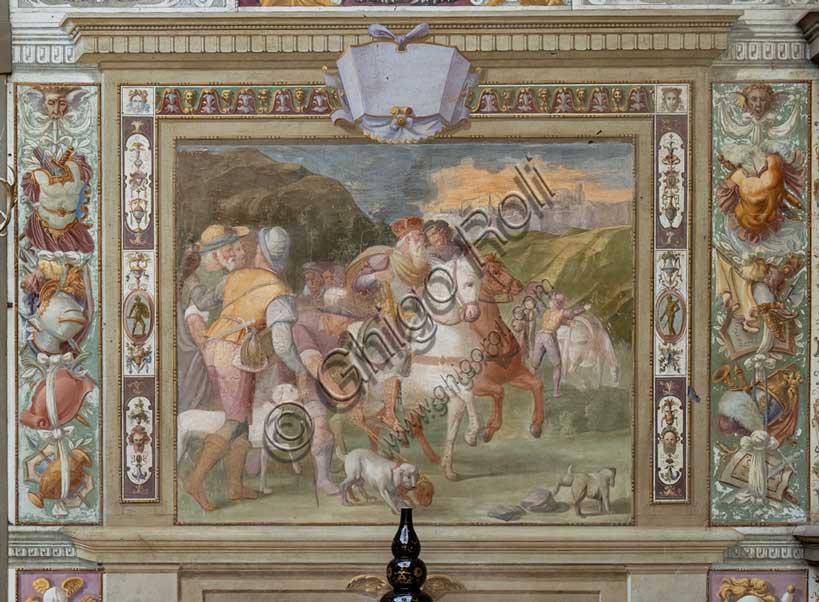
Medici Villa La Petraia, courtyard: “Scene of Hunting”, one...
add to lightbox
21529_477.jpg
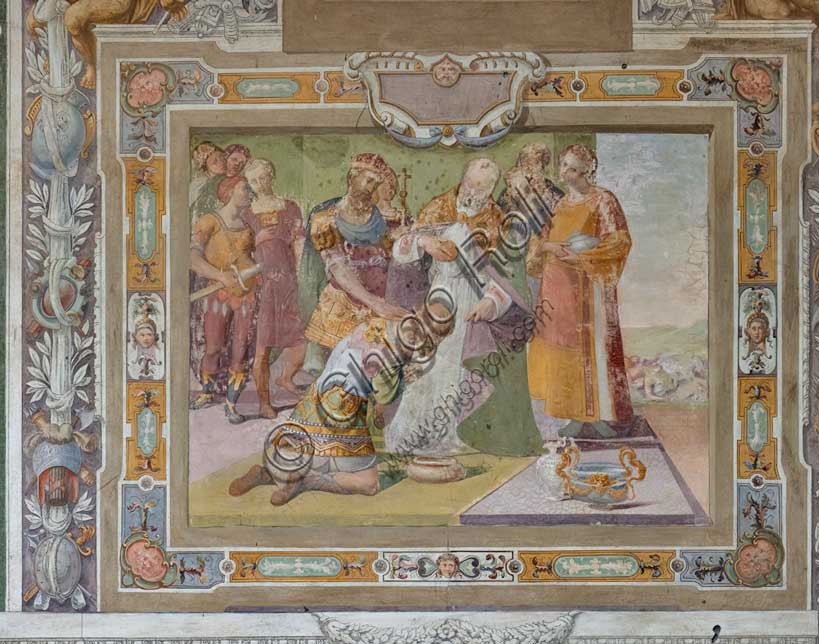
Medici Villa La Petraia, courtyard: one of the panels from...
add to lightbox
21529_476.jpg
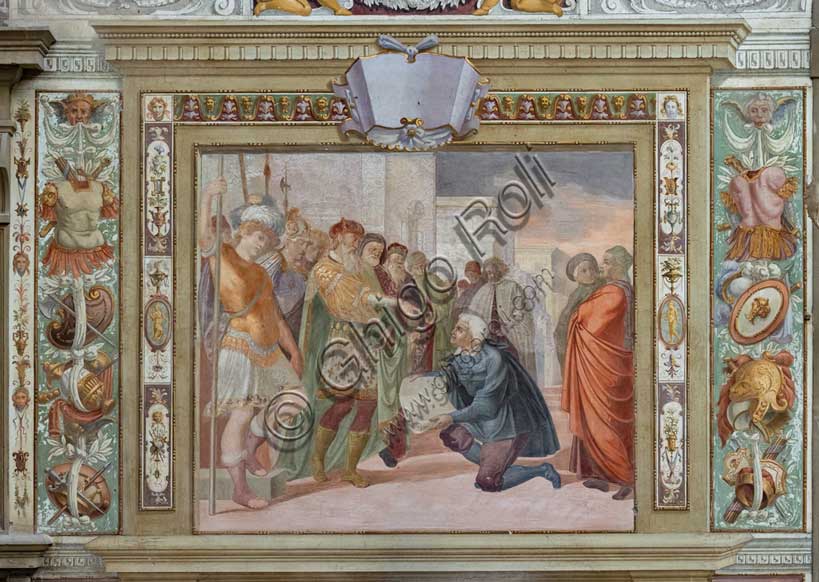
Medici Villa La Petraia, courtyard: “Presentation of one pro...
add to lightbox
21529_475.jpg
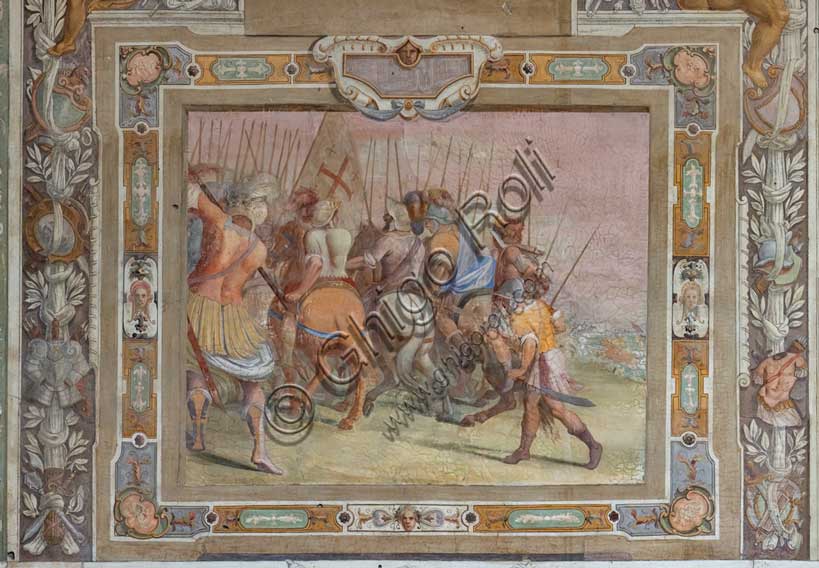
Medici Villa La Petraia, courtyard: “Battle scene”, one of t...
add to lightbox
21529_474.jpg
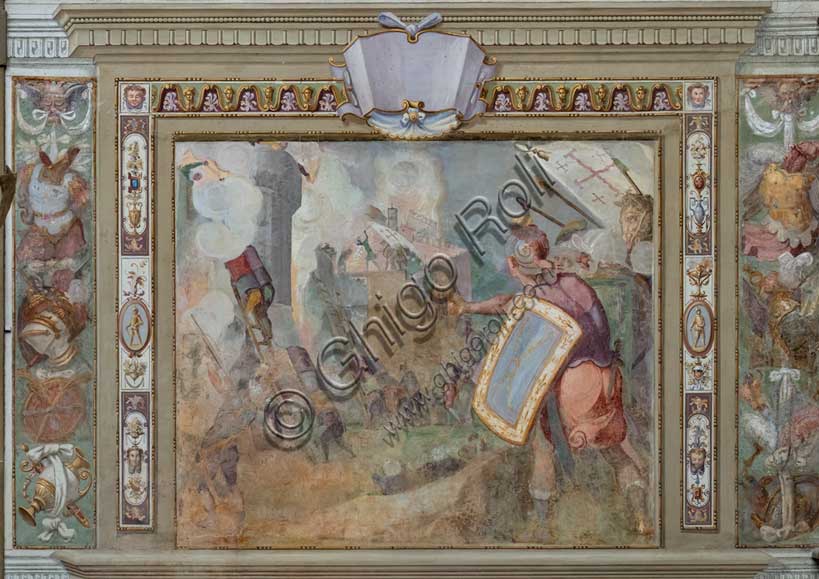
Medici Villa La Petraia, courtyard: “The Capture of Jerusale...
add to lightbox
21529_473.jpg
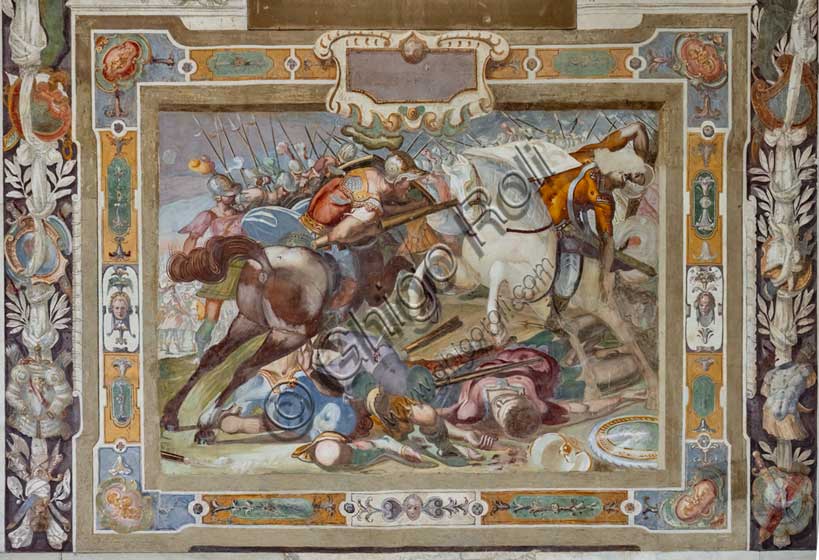
Medici Villa La Petraia, courtyard: “Battle scene”, one of t...
add to lightbox
21529_472.jpg
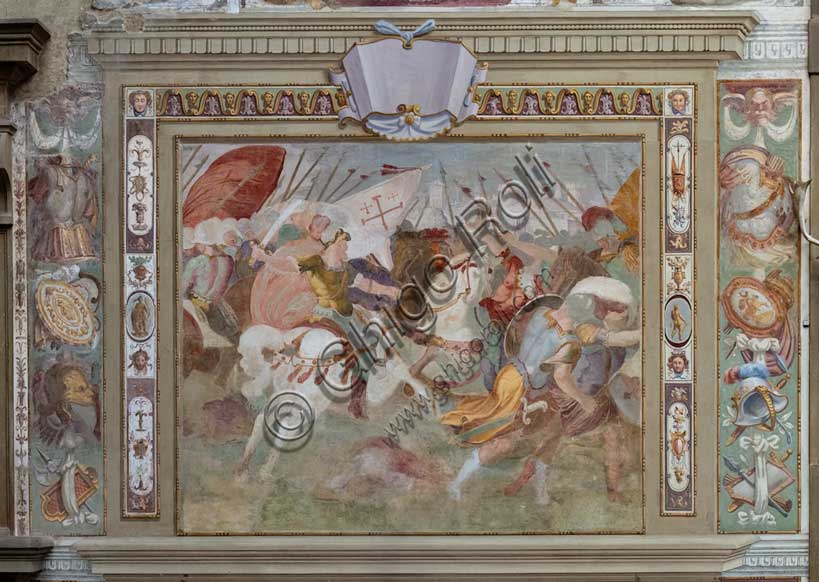
Medici Villa La Petraia, courtyard: “Battle scene”, one of t...
add to lightbox
21529_471.jpg
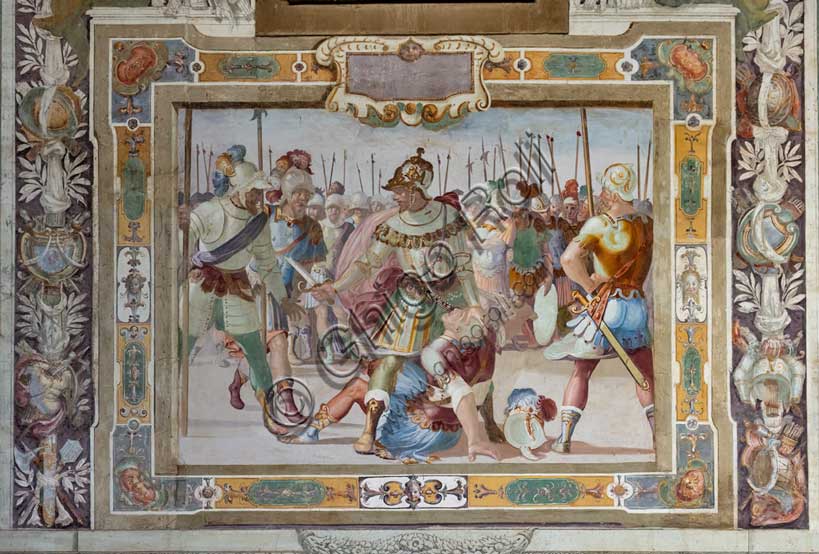
Medici Villa La Petraia, courtyard: “Battle scene”, one of t...
add to lightbox
21529_469-470.jpg
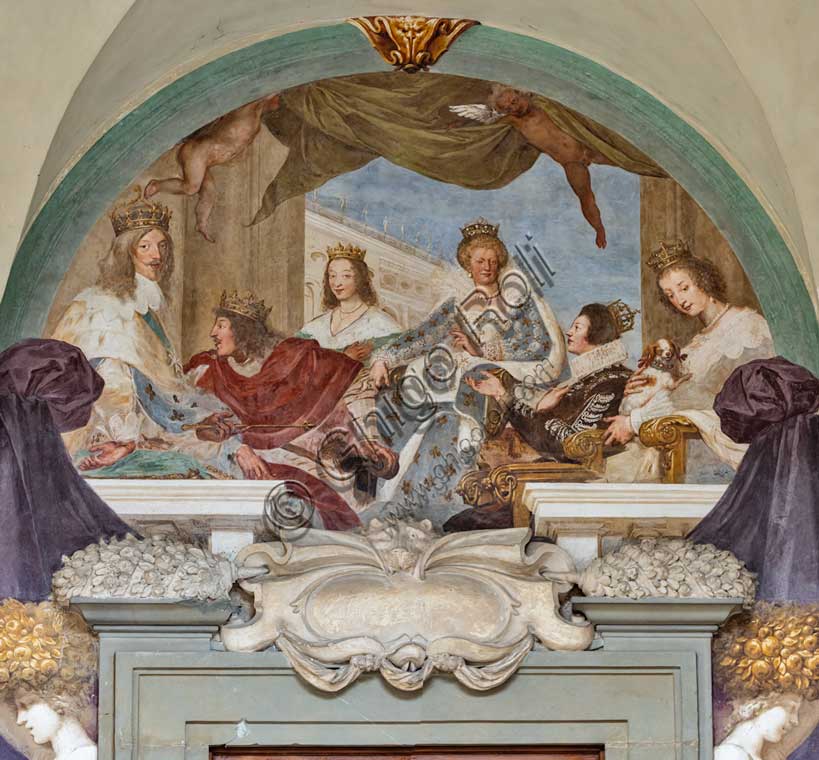
Medici Villa La Petraia, courtyard: “Maria De’ Medici and he...
add to lightbox
21529_467-68B.jpg
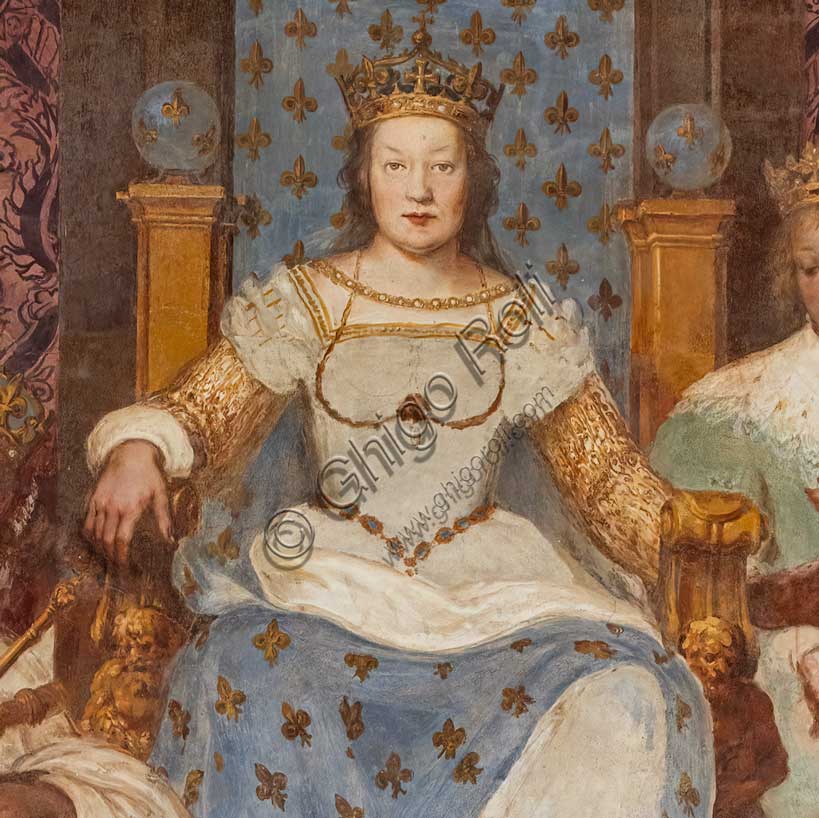
Medici Villa La Petraia, courtyard: “Catherine De’ Medici an...
add to lightbox
21529_467-68.jpg
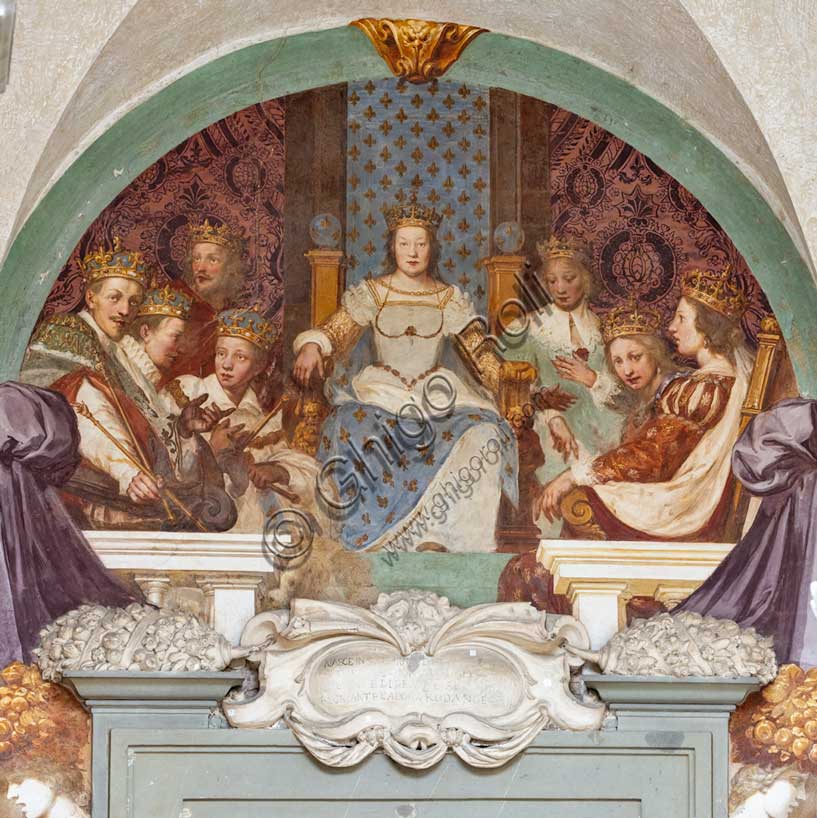
Medici Villa La Petraia, courtyard: “Catherine De’ Medici an...
add to lightbox
21529_464.jpg
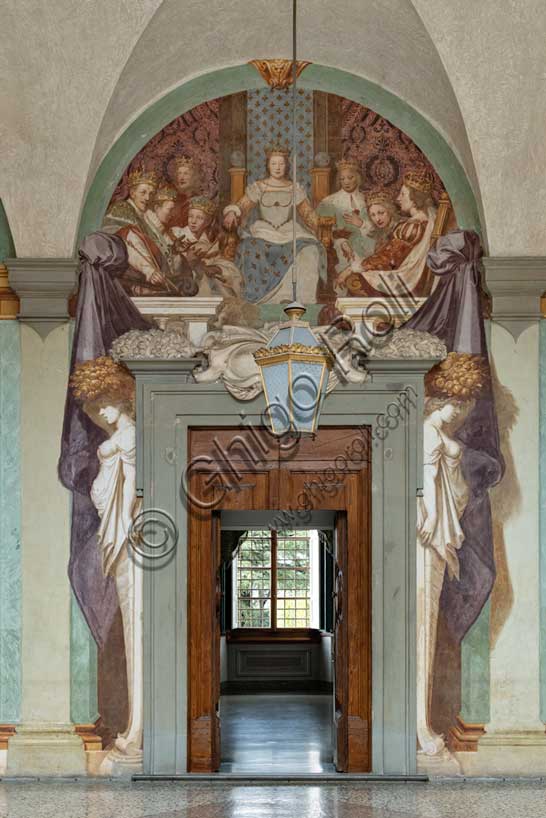
Medici Villa La Petraia, courtyard: “Catherine De’ Medici an...
add to lightbox
21529_462.jpg
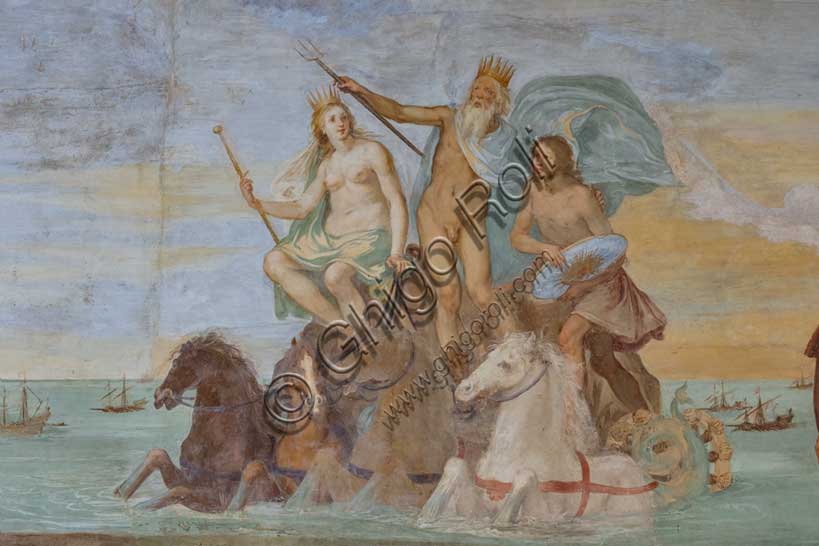
Medici Villa La Petraia, courtyard:“Dominance of Tuscany ove...
add to lightbox
21529_461.jpg
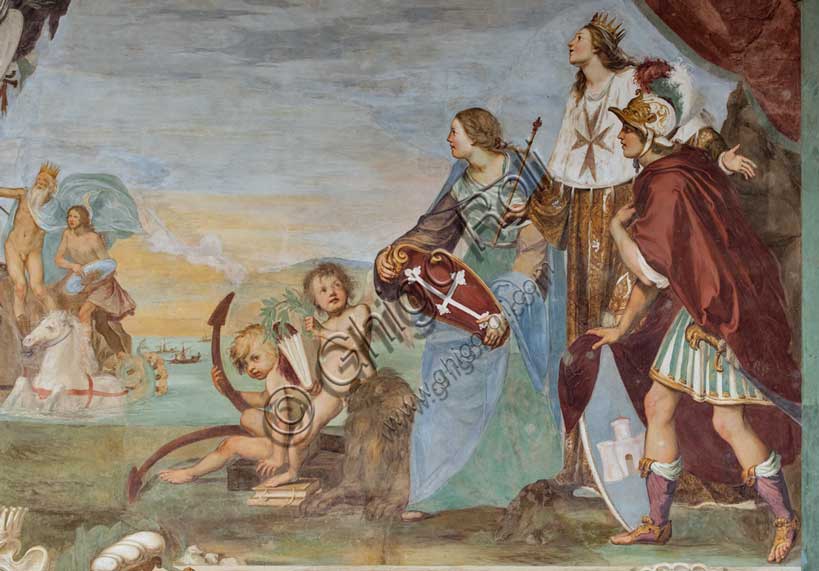
Medici Villa La Petraia, courtyard:“Dominance of Tuscany ove...
add to lightbox
21529_459-460.jpg
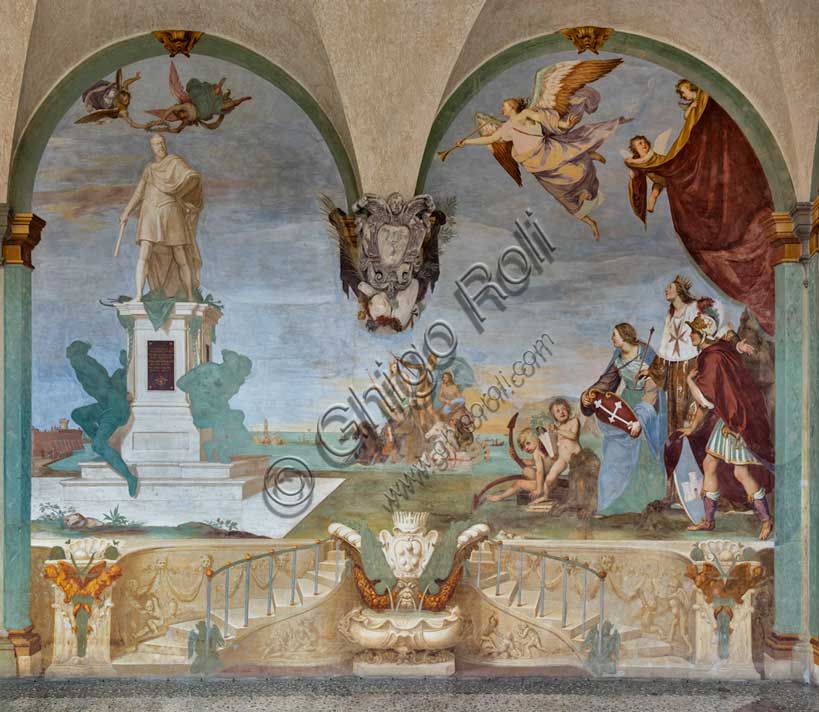
Medici Villa La Petraia, courtyard:“Dominance of Tuscany ove...
add to lightbox
21529_458.jpg
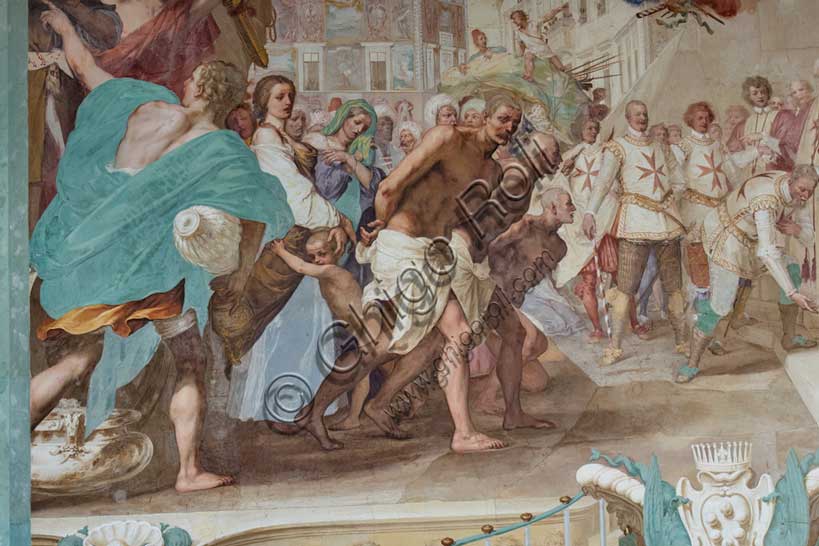
Medici Villa La Petraia, courtyard: “Cosimo II receives the...
add to lightbox
21529_457.jpg
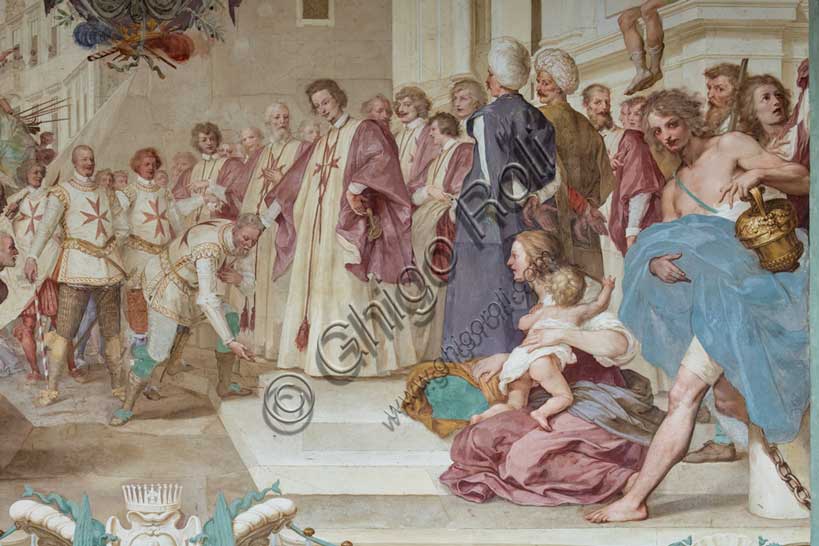
Medici Villa La Petraia, courtyard: “Cosimo II receives the...
add to lightbox
21529_456.jpg
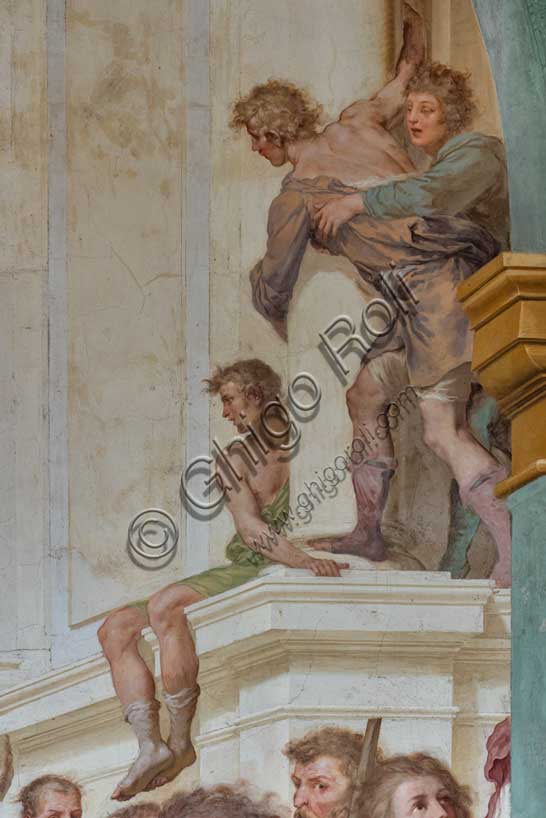
Medici Villa La Petraia, courtyard: “Cosimo II receives the...
add to lightbox
21529_454.jpg
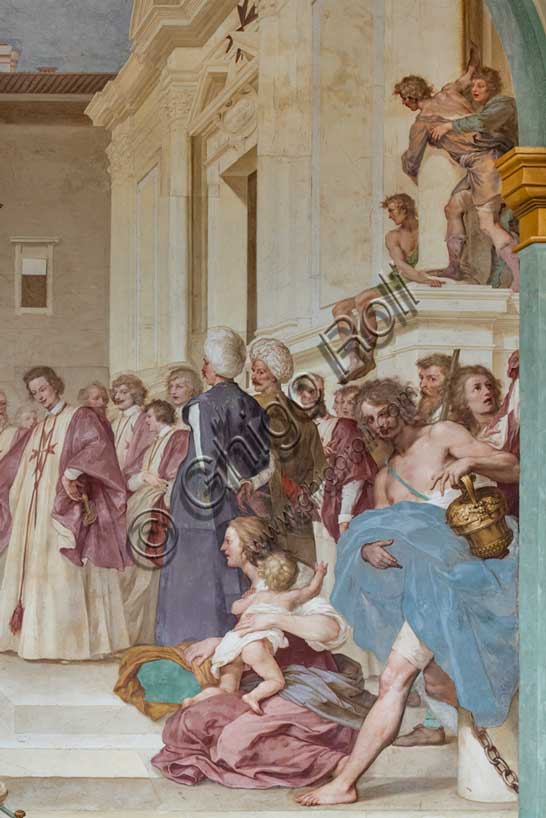
Medici Villa La Petraia, courtyard: “Cosimo II receives the...
add to lightbox
21529_452-453.jpg
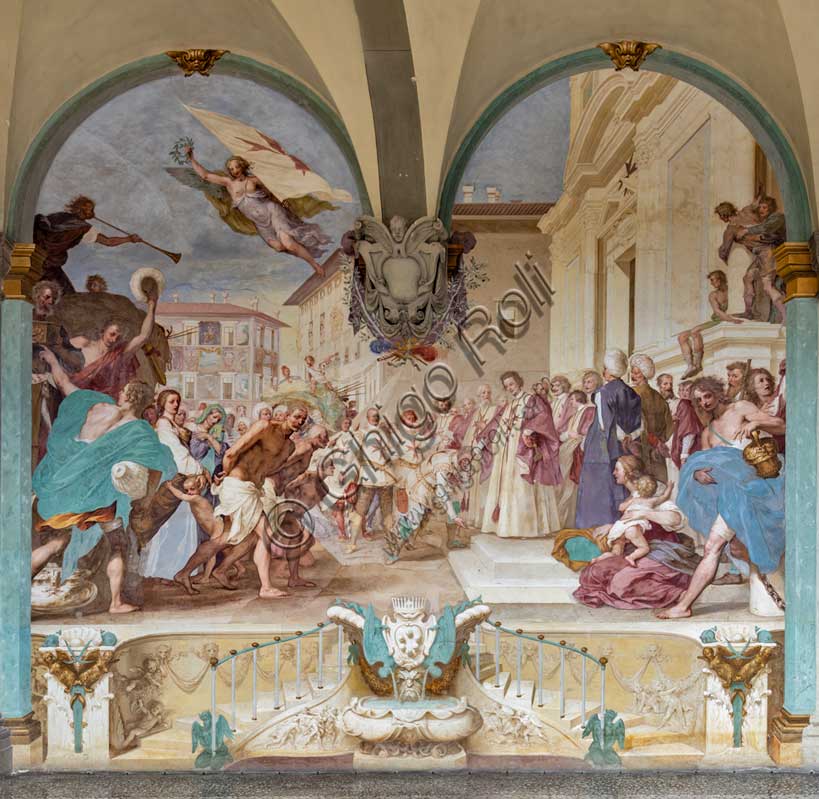
Medici Villa La Petraia, courtyard: “Cosimo II receives the...
add to lightbox
21529_450.jpg
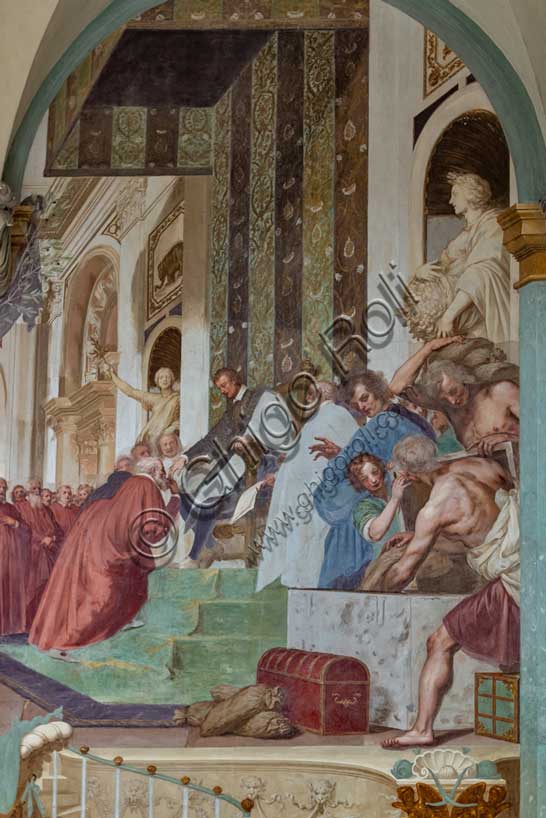
Medici Villa La Petraia, courtyard: “Cosimo I associates his...
add to lightbox
21529_448.jpg
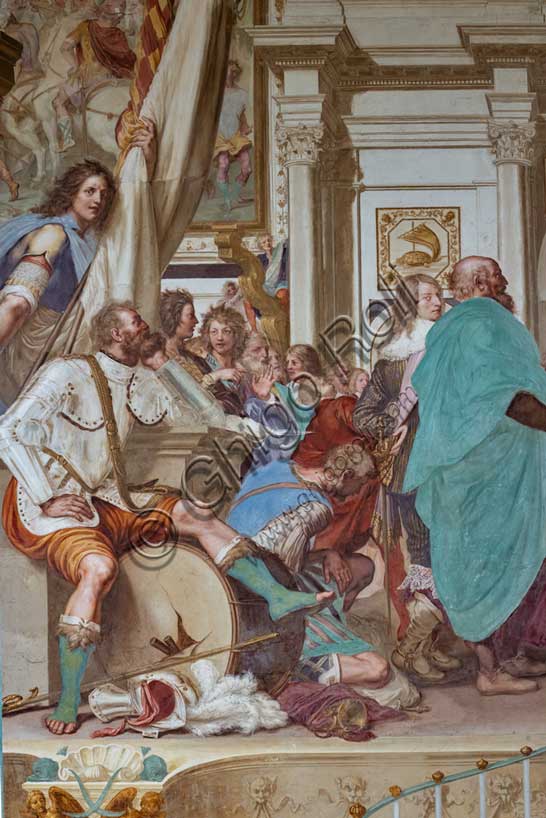
Medici Villa La Petraia, courtyard: “Cosimo I associates his...
add to lightbox
21529_447.jpg
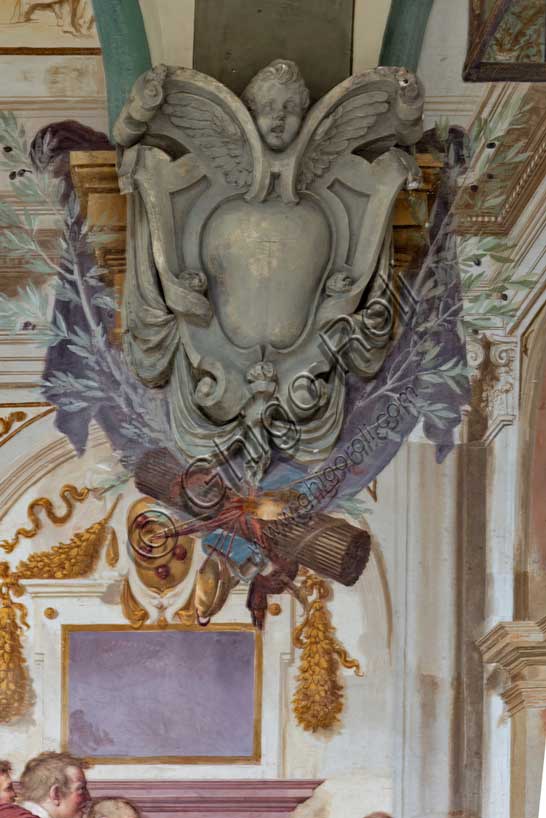
Medici Villa La Petraia, courtyard: “Cosimo I associates his...
add to lightbox
21529_445-446.jpg
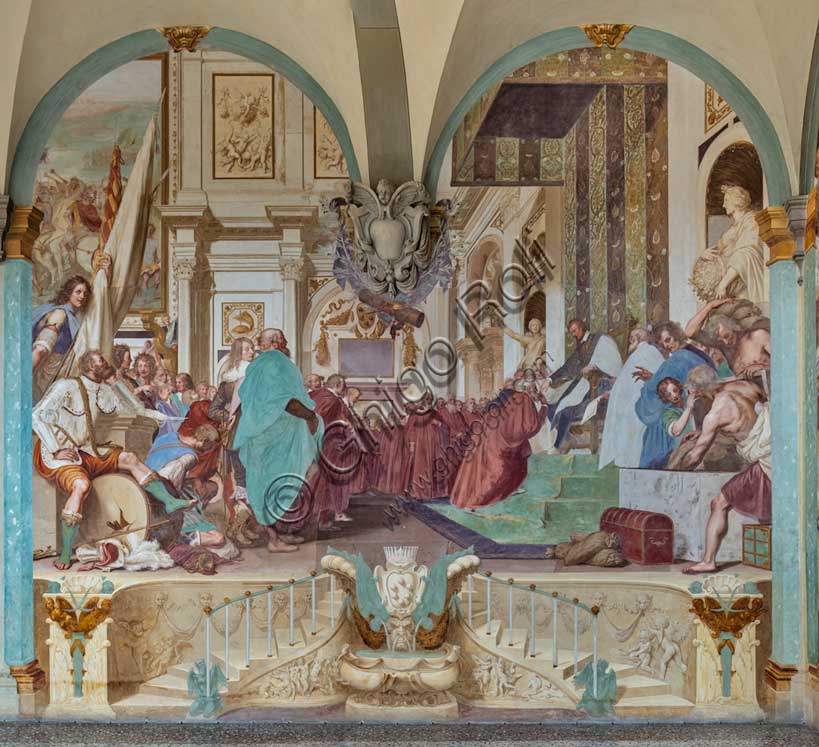
Medici Villa La Petraia, courtyard: “Cosimo I associates his...
add to lightbox
21529_444.jpg
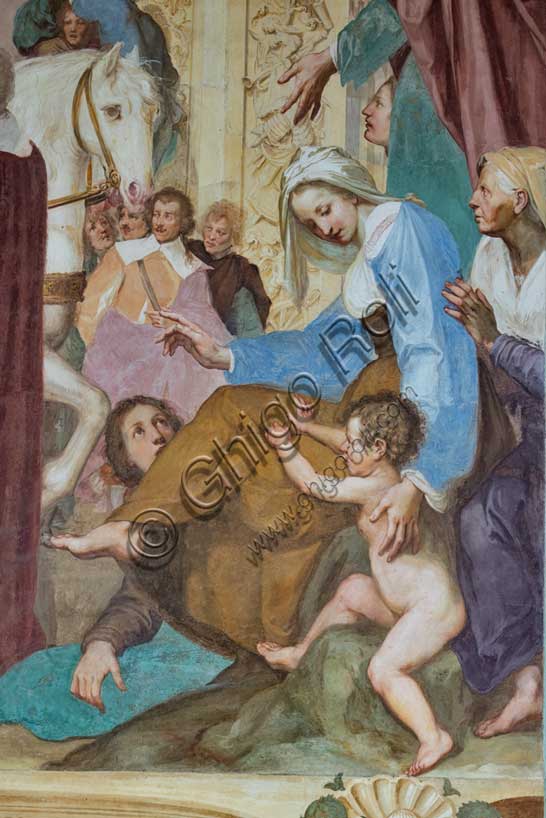
Medici Villa La Petraia, courtyard: “Triumphal entry of Cosi...
add to lightbox
21529_443.jpg
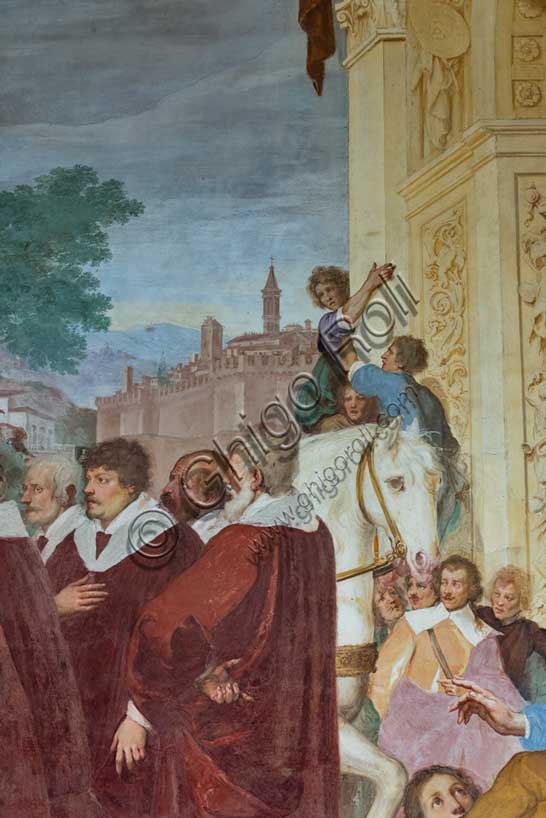
Medici Villa La Petraia, courtyard: “Triumphal entry of Cosi...
add to lightbox
21529_442.jpg
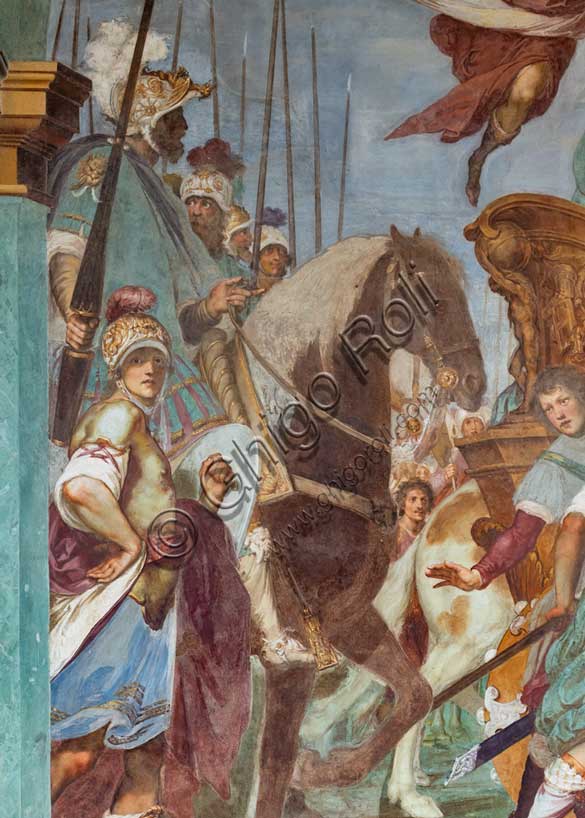
Medici Villa La Petraia, courtyard: “Triumphal entry of Cosi...
add to lightbox
21529_440.jpg
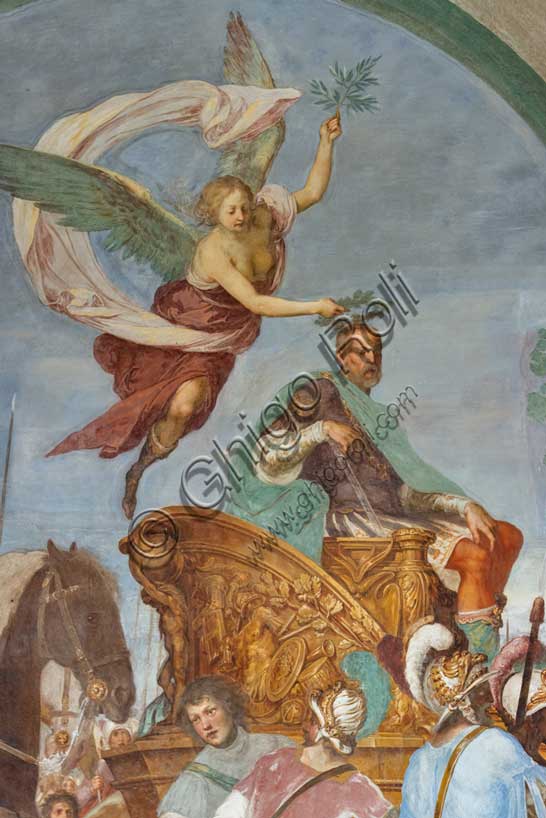
Medici Villa La Petraia, courtyard: “Triumphal entry of Cosi...
add to lightbox
21529_438-39.jpg
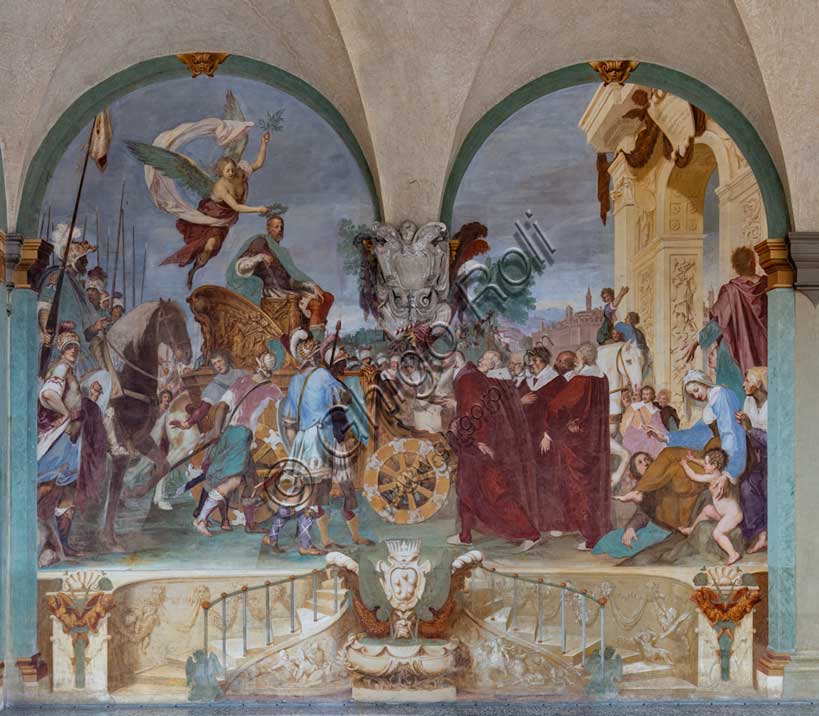
Medici Villa La Petraia, courtyard: “Triumphal entry of Cosi...
add to lightbox
21529_436-37.jpg
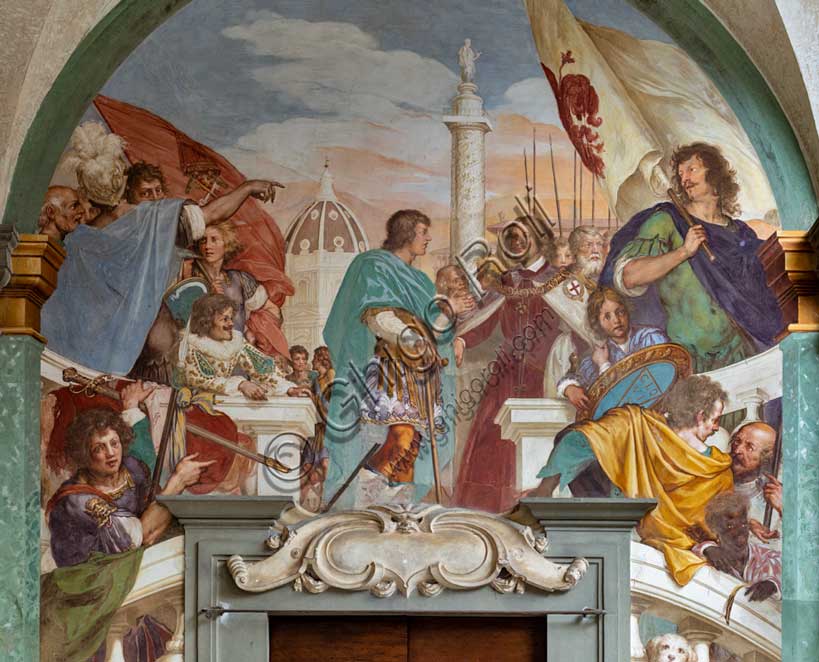
Medici Villa La Petraia, courtyard: “Giuliano Duke of Nemour...
add to lightbox
21529_432.jpg
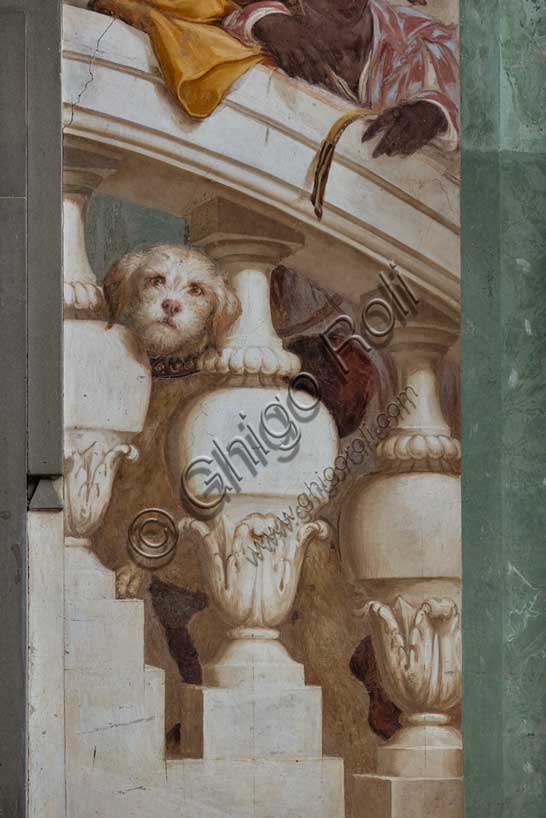
Medici Villa La Petraia, courtyard: “Giuliano Duke of Nemour...
add to lightbox
21529_431.jpg
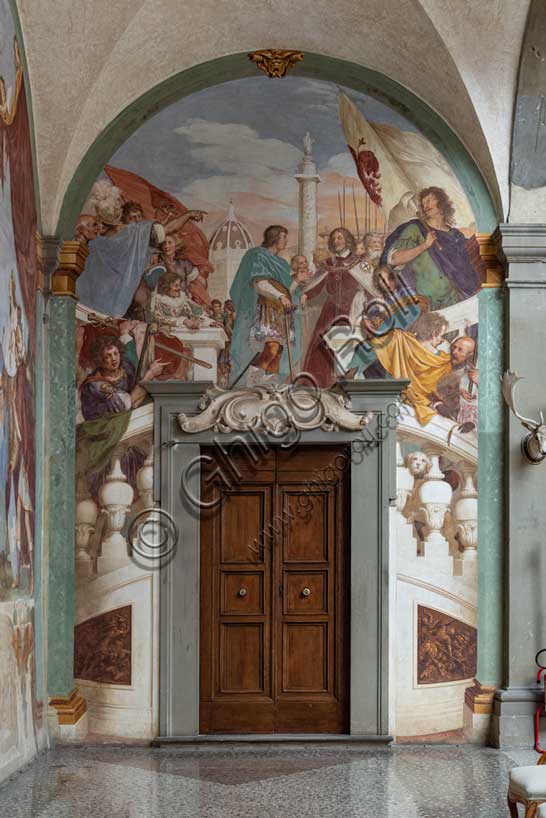
Medici Villa La Petraia, courtyard: “Giuliano Duke of Nemour...
add to lightbox
21529_430.jpg

Medici Villa La Petraia, courtyard: “Meeting between Pope Le...
add to lightbox
21529_429.jpg
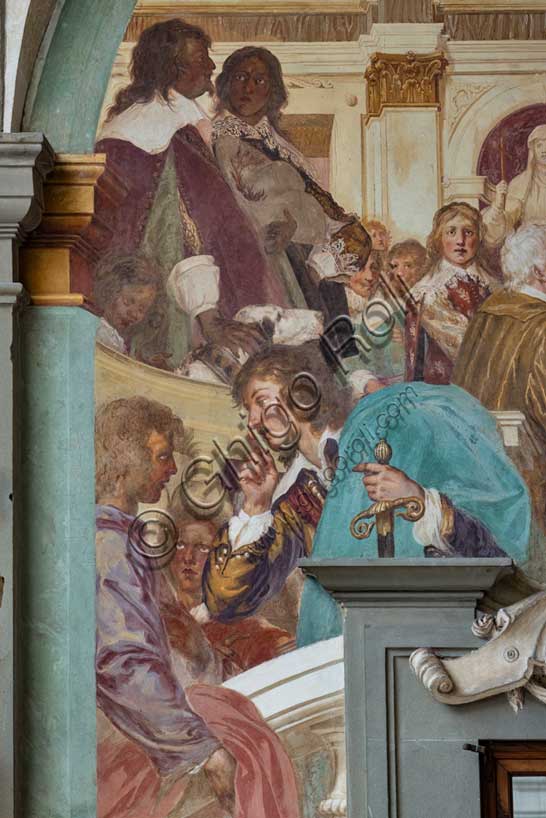
Medici Villa La Petraia, courtyard: “Meeting between Pope Le...
add to lightbox
21529_428.jpg
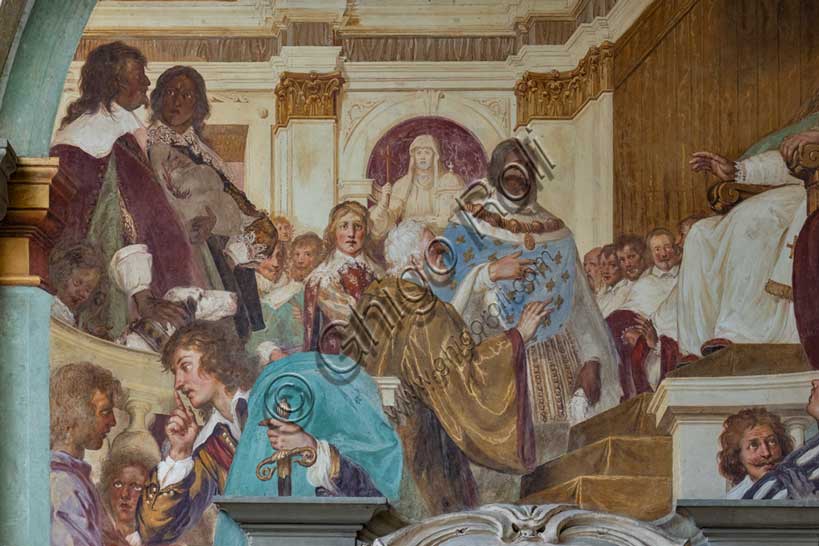
Medici Villa La Petraia, courtyard: “Meeting between Pope Le...
add to lightbox
21529_427.jpg
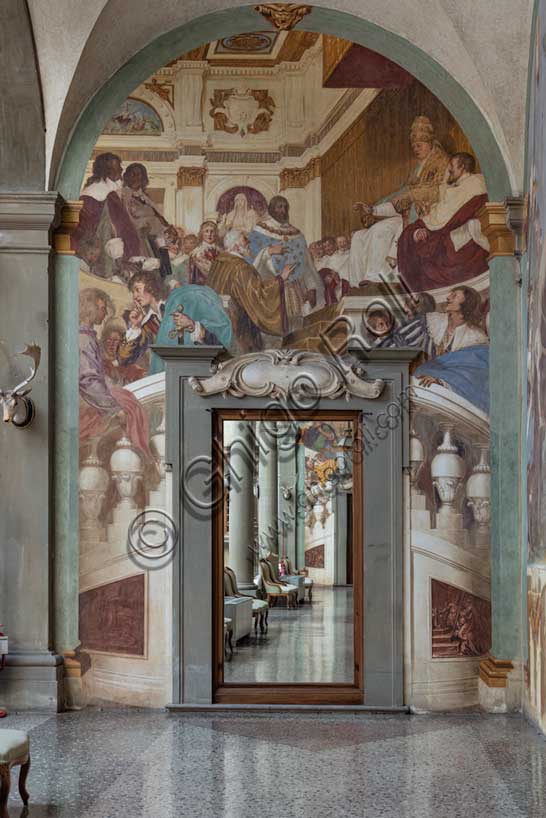
Medici Villa La Petraia, courtyard: “Meeting between Pope Le...
add to lightbox
21529_425-26.jpg
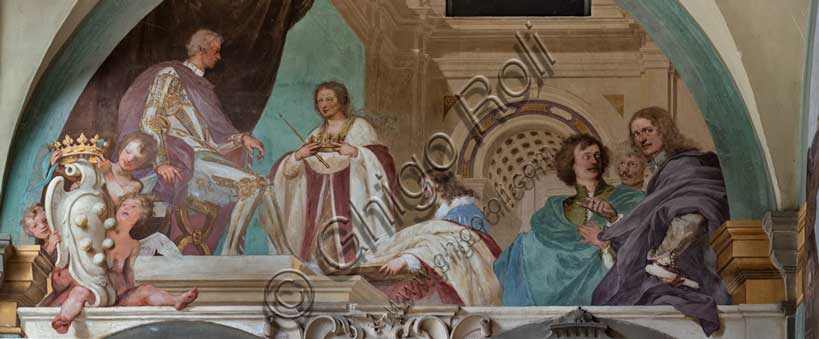
Medici Villa La Petraia, courtyard: “Alessandro, first duke...
add to lightbox
21529_424.jpg
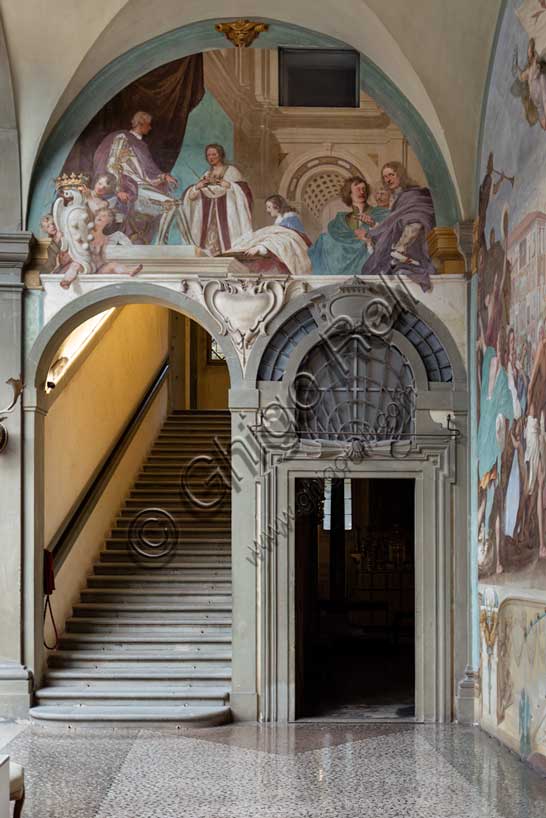
Medici Villa La Petraia, courtyard: “Alessandro, first duke...
add to lightbox
21529_422-23.jpg
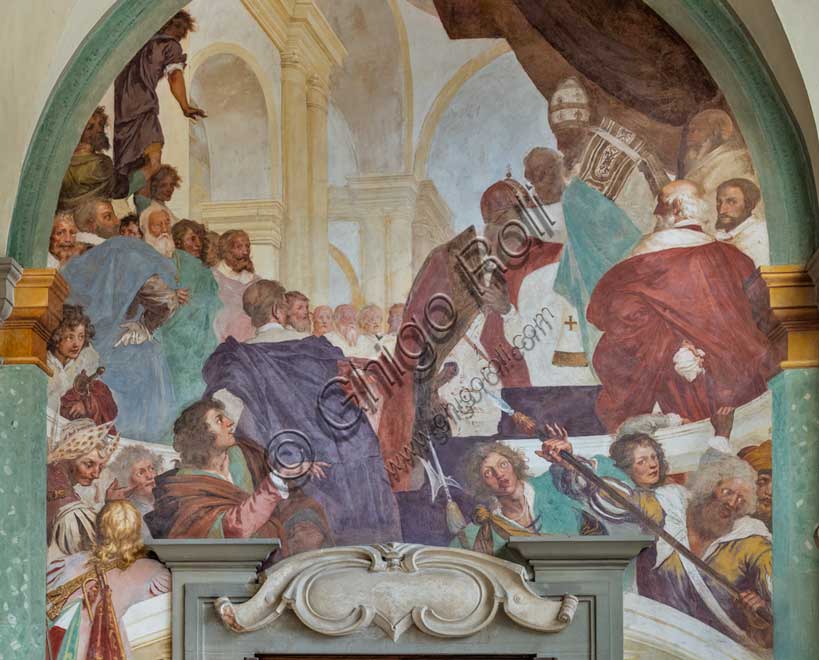
Medici Villa La Petraia, courtyard: “Clement VII crowns Char...
add to lightbox
21529_421.jpg
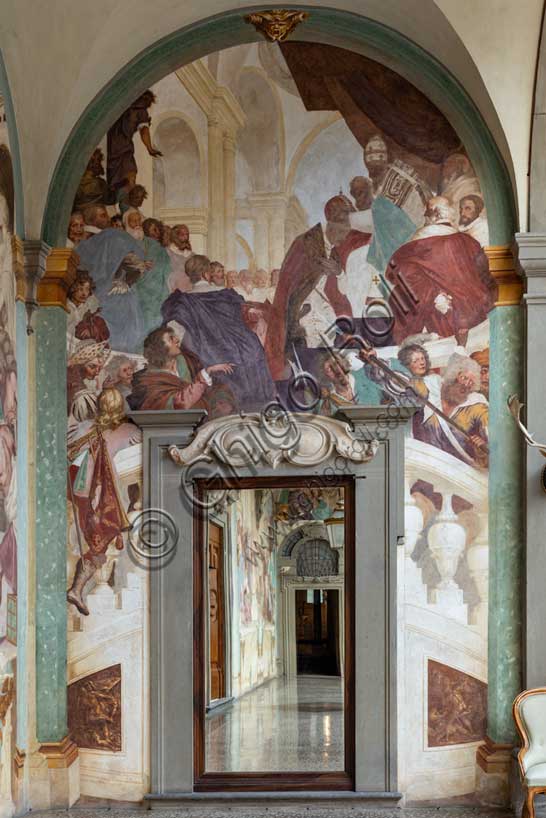
Medici Villa La Petraia, courtyard: “Clement VII crowns Char...
add to lightbox
21529_414.jpg
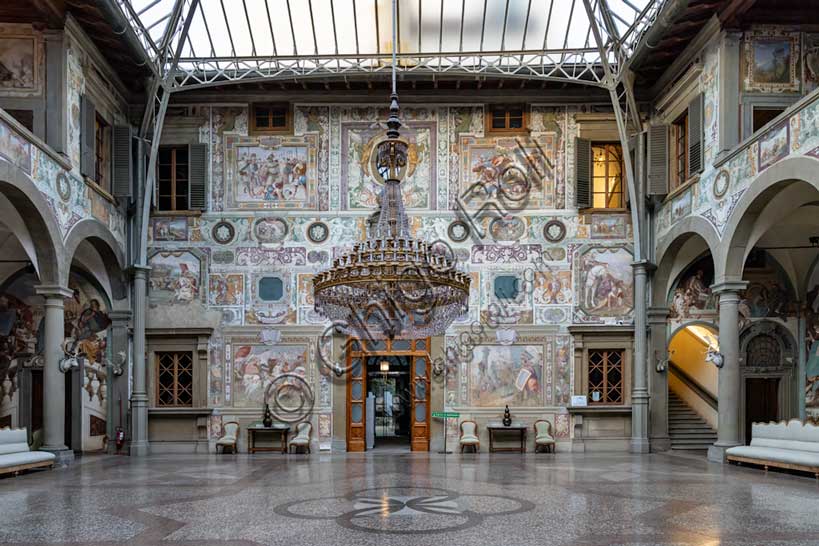
Medici Villa La Petraia: view of the central courtyard, with...
add to lightbox
21529_410.jpg
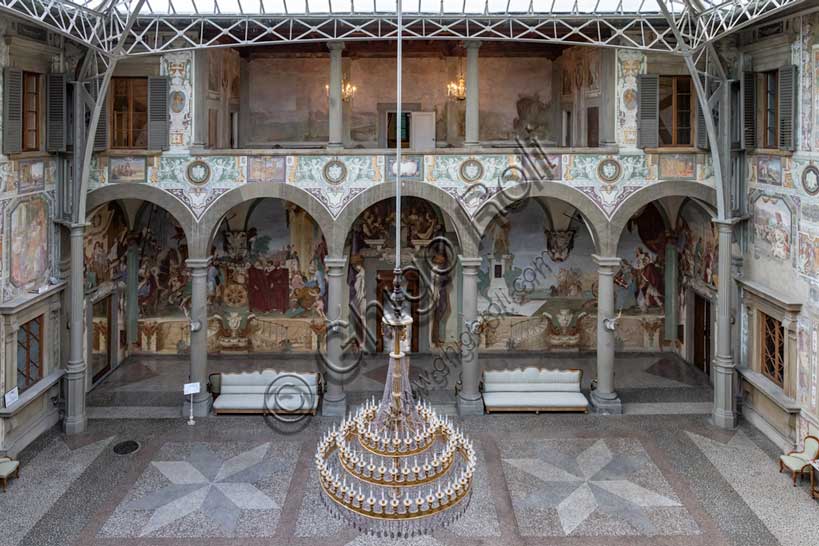
Medici Villa La Petraia: view of the central courtyard, with...
add to lightbox
21529_404.jpg
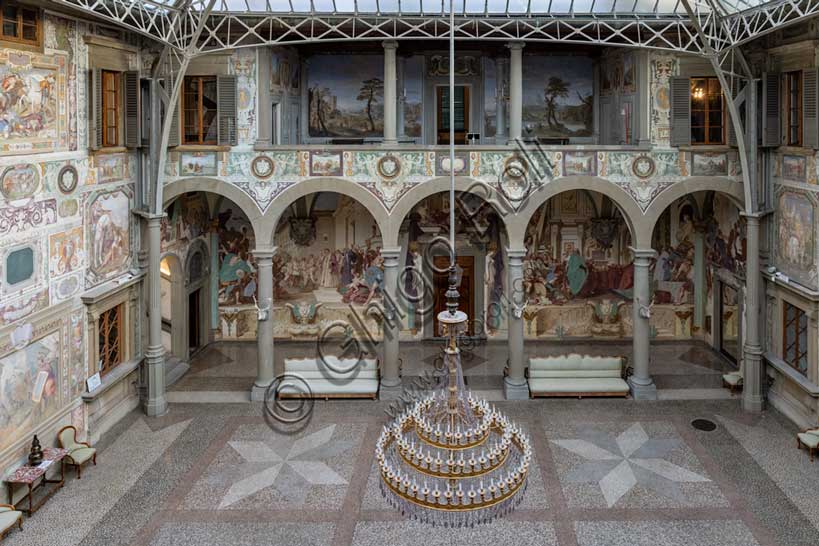
Medici Villa La Petraia: view of the central courtyard, with...
add to lightbox
21529_402.jpg
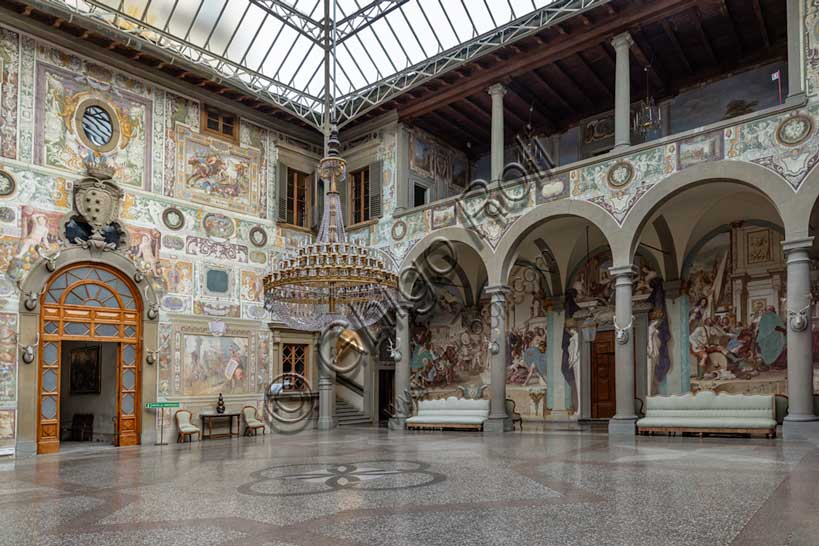
Medici Villa La Petraia: view of the central courtyard, with...
add to lightbox
21529_396-401.jpg
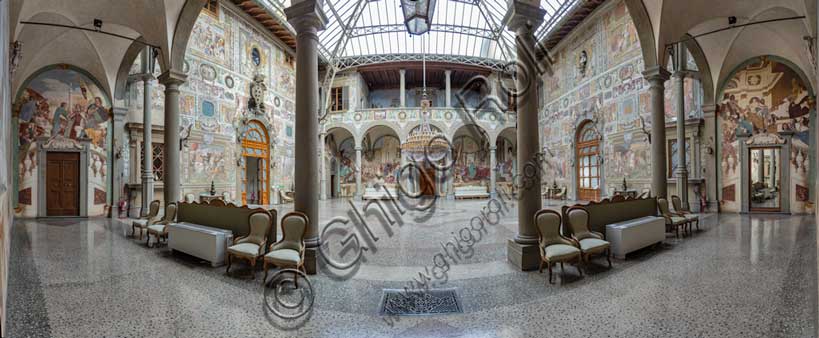
Medici Villa La Petraia: orbicular view of the central court...
add to lightbox
21529_375-2.jpg
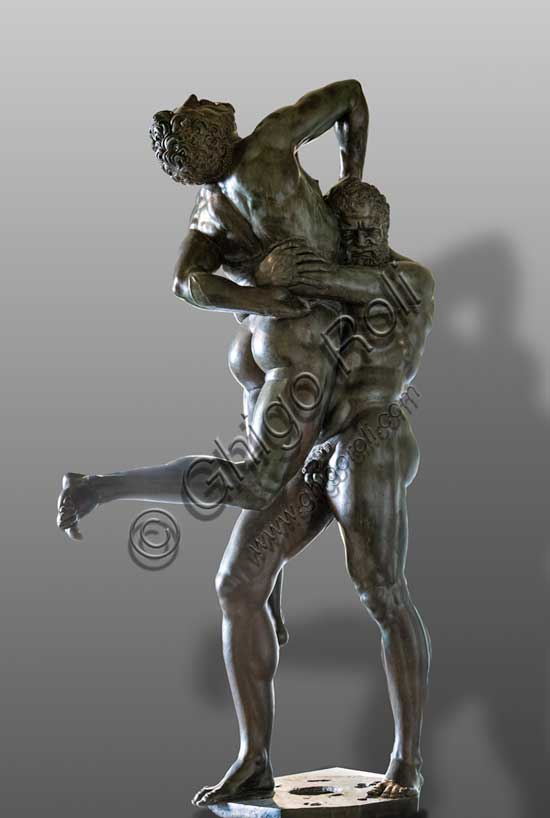
Medici Villa La Petraia: the group of “Hercules crushing Ant...
add to lightbox
21529_368.jpg
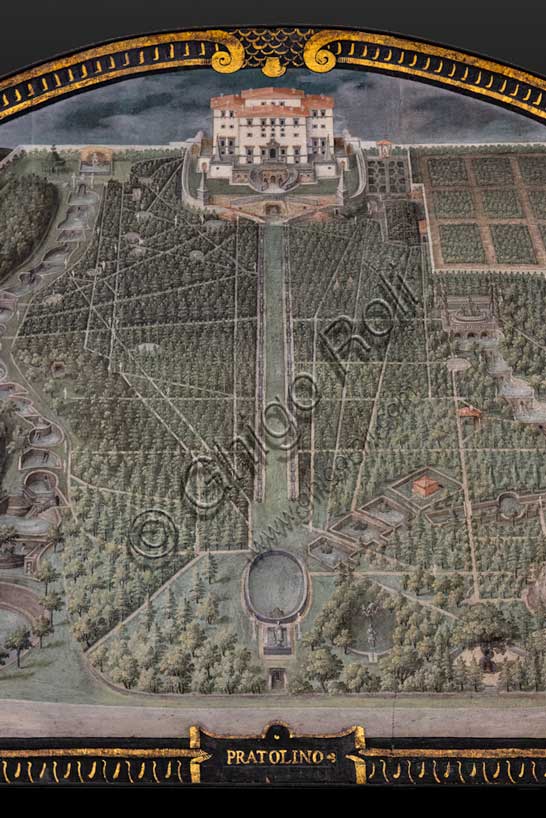
Medici Villa La Petraia: “Medici Villa of Pratolino” in the...
add to lightbox
21529_367.jpg
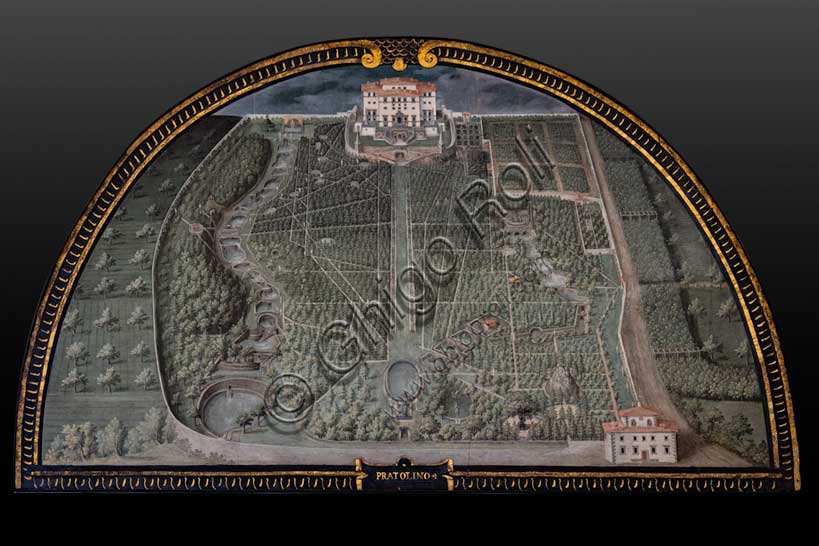
Medici Villa La Petraia: “Medici Villa of Pratolino” in the...
add to lightbox
21529_366.jpg
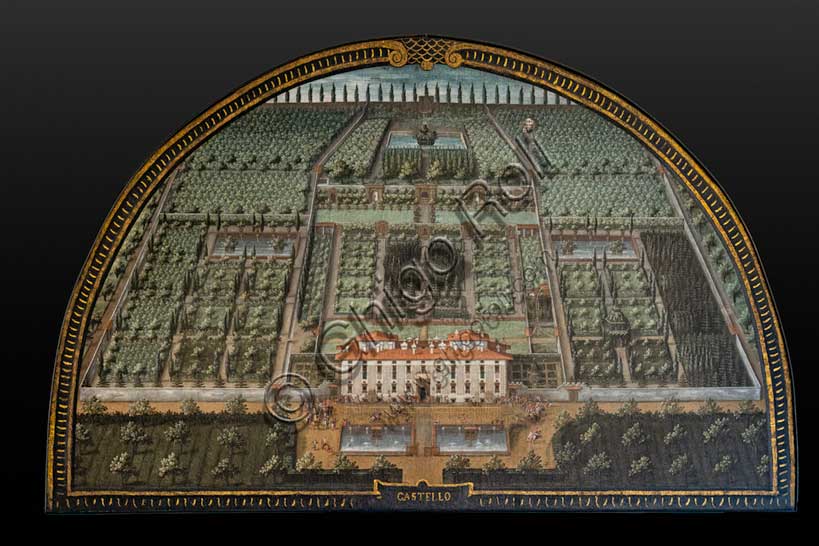
Medici Villa La Petraia: “Medici Villa Castello” in the lune...
add to lightbox
21529_365.jpg
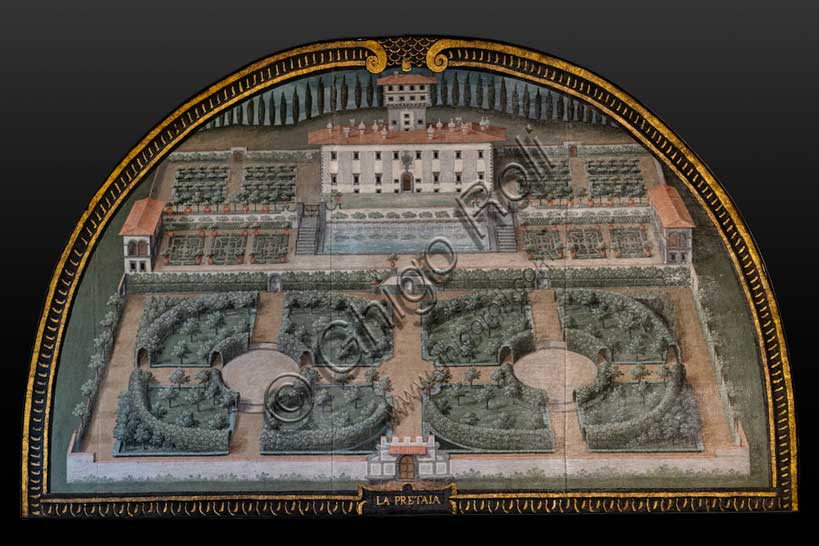
“Medici Villa La Petraia”, in the lunette called “Belveder...
add to lightbox
21529_363.jpg
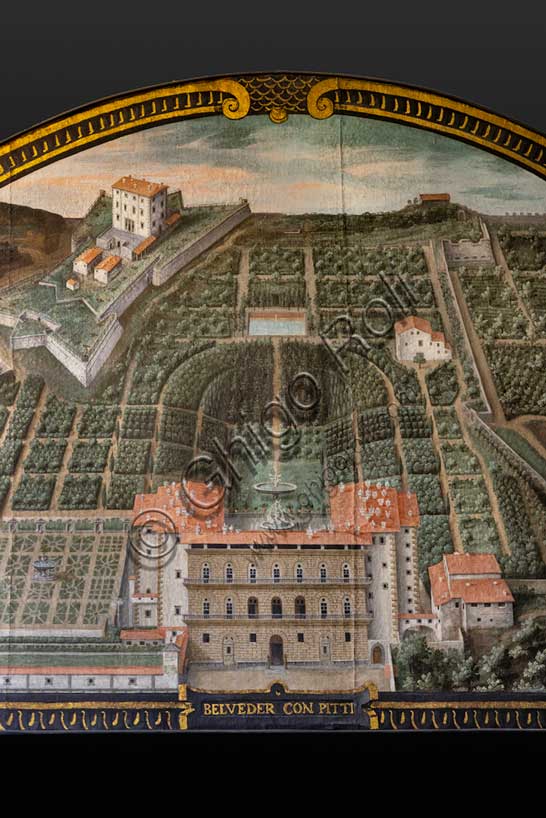
Medici Villa La Petraia: “Pitti Palace, Buboli Gardens and B...
add to lightbox
21529_362.jpg
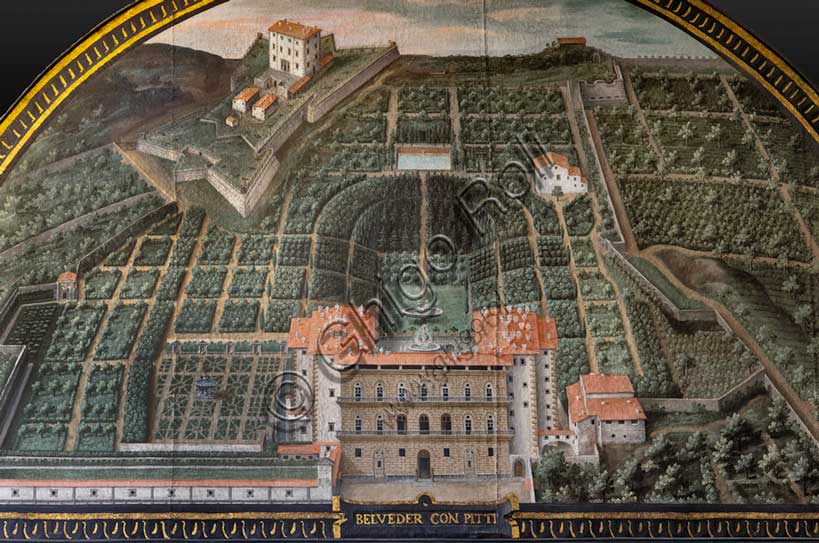
Medici Villa La Petraia: “Pitti Palace, Buboli Gardens and B...
add to lightbox
21529_361.jpg
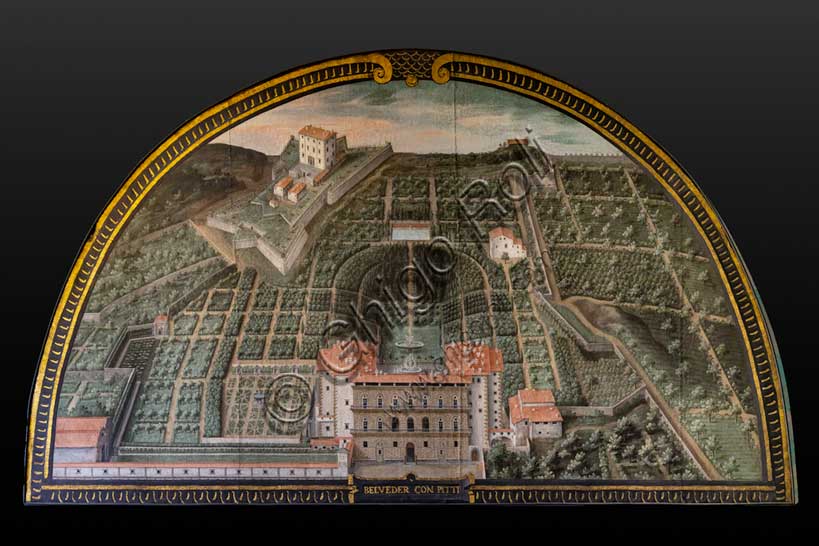
Medici Villa La Petraia: “Pitti Palace, Buboli Gardens and B...
add to lightbox
21529_360.jpg
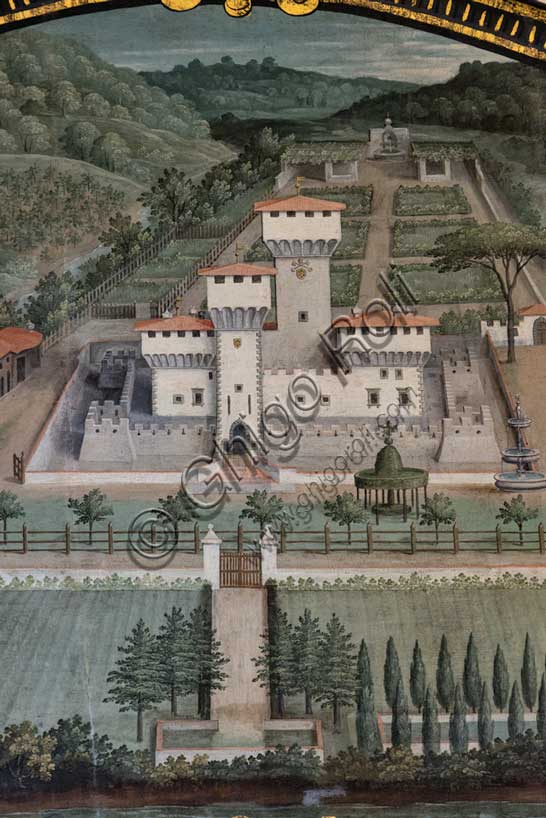
Medici Villa La Petraia: “the Medici villa di Cafaggiolo”, i...
add to lightbox
21529_359.jpg
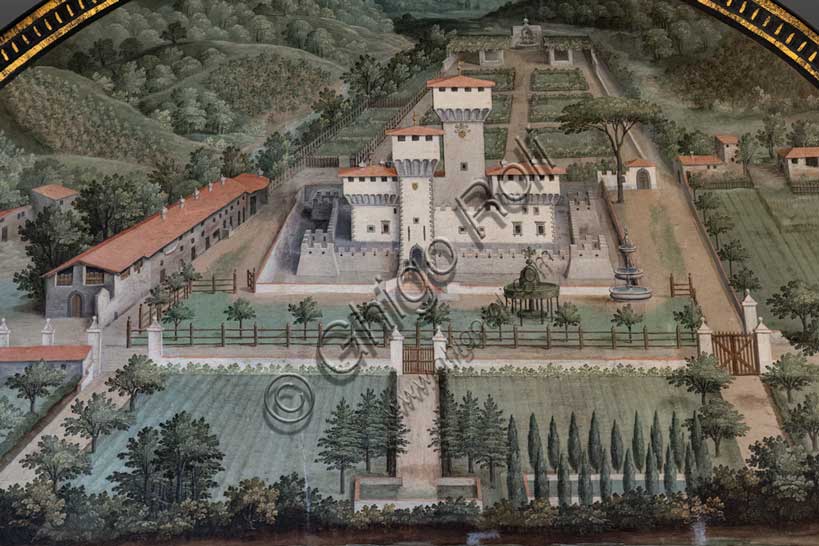
Medici Villa La Petraia: “the Medici villa di Cafaggiolo”, i...
add to lightbox
21529_358.jpg
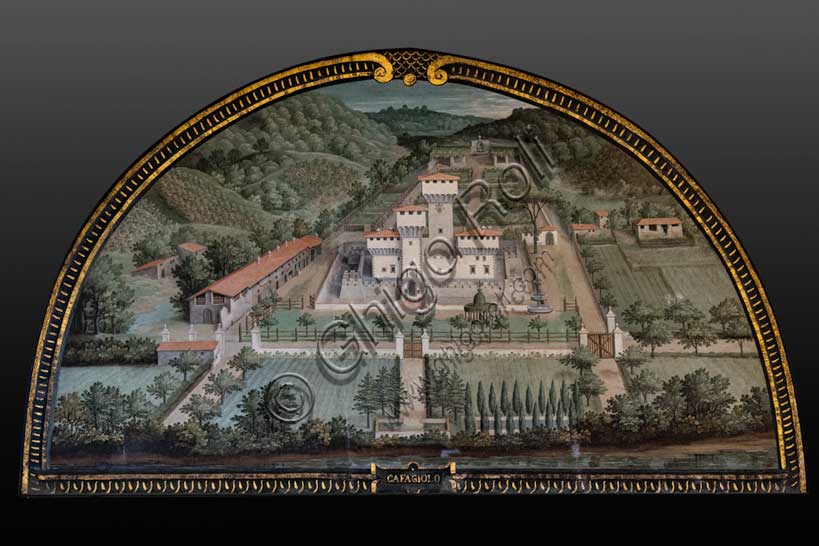
Medici Villa La Petraia: “the Medici villa di Cafaggiolo”, i...
add to lightbox
21529_357.jpg
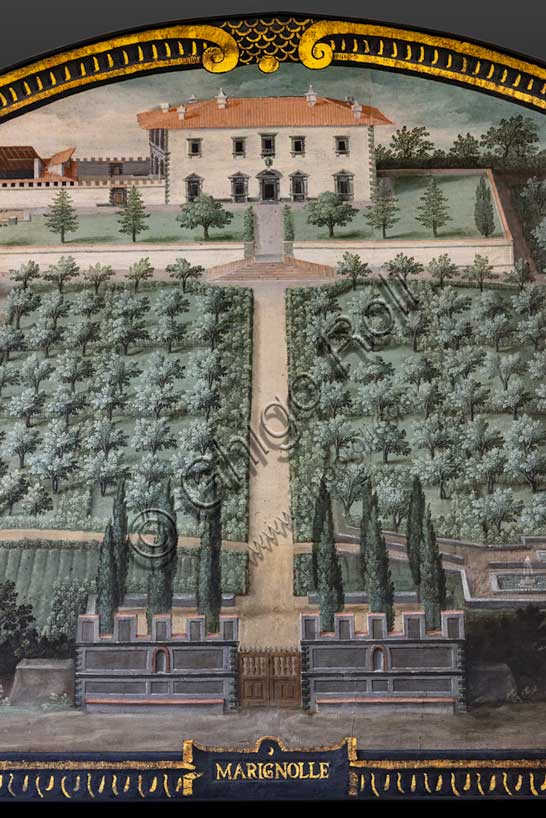
Medici Villa La Petraia: “the Medici villa of Marignolle”, i...
add to lightbox
21529_356.jpg
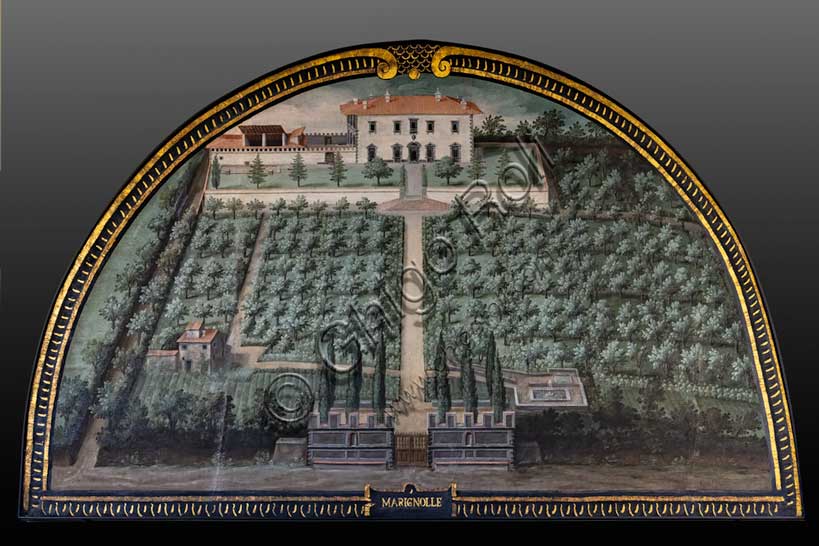
Medici Villa La Petraia: “the Medici villa of Marignolle”, i...
add to lightbox
21529_355.jpg
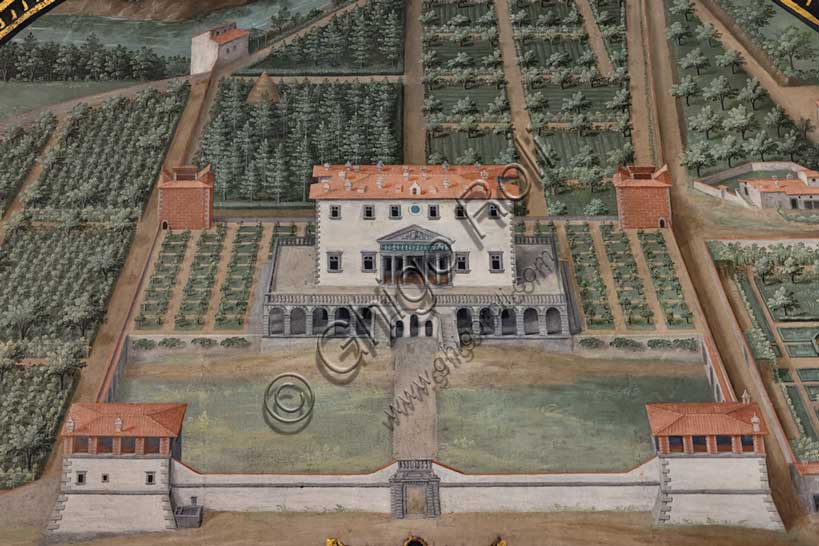
Medici Villa La Petraia: “the Medici villa di Poggio a Caian...
add to lightbox
21529_354.jpg
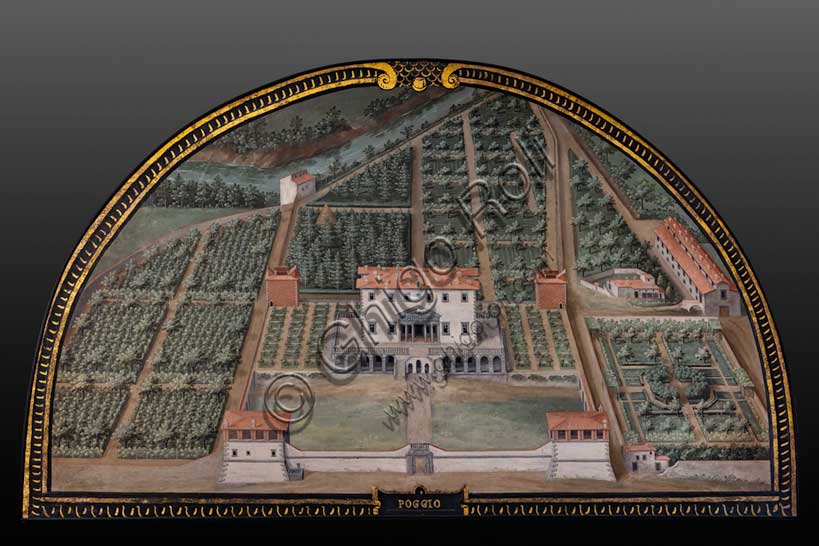
Medici Villa La Petraia: “the Medici villa di Poggio a Caian...
add to lightbox
21529_353.jpg
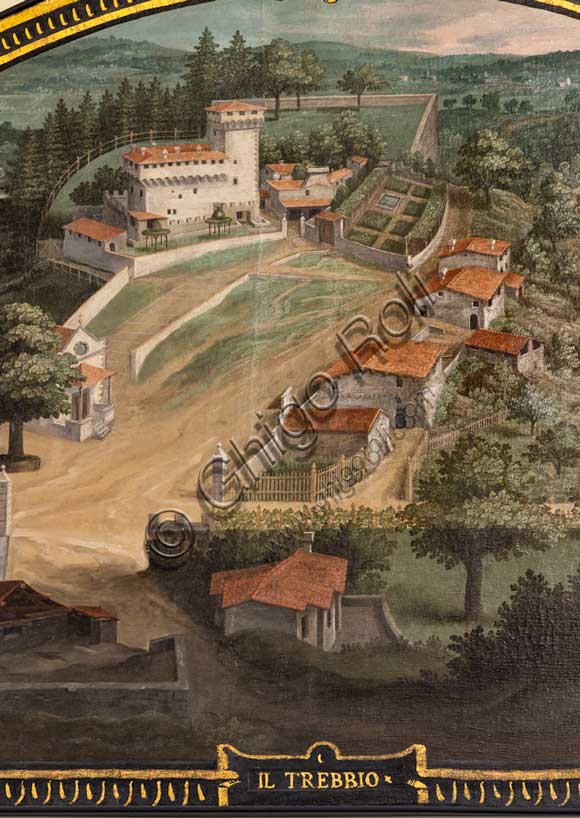
Medici Villa La Petraia: “the Medici villa del Trebbio”, in...
add to lightbox
21529_352.jpg
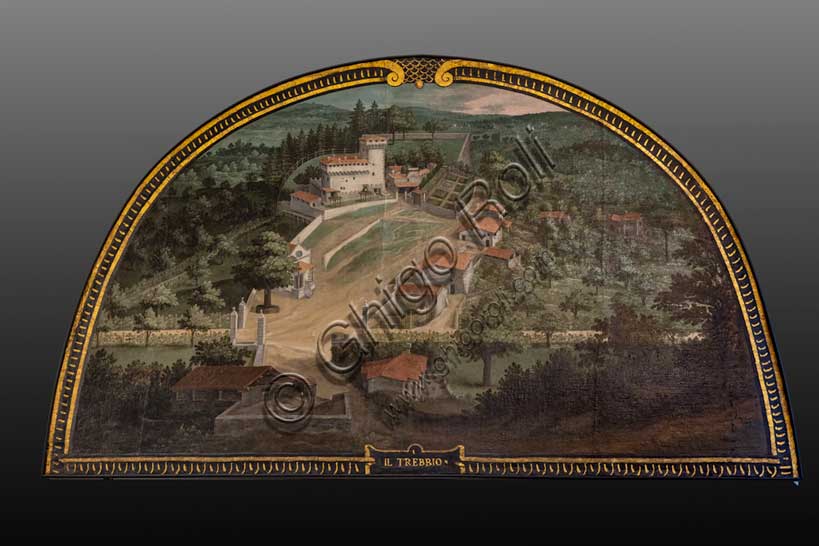
Medici Villa La Petraia: “the Medici villa del Trebbio”, in...
add to lightbox
21529_351.jpg
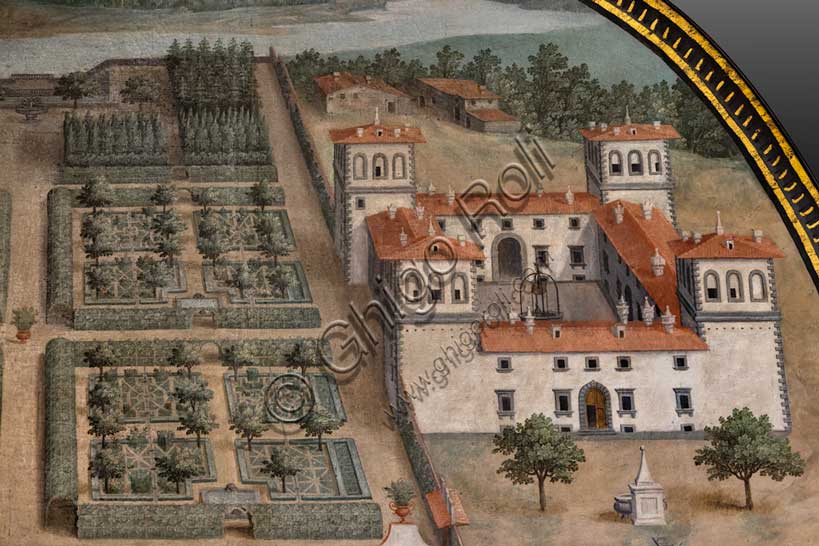
Medici Villa La Petraia: “the Medici villa L’ambrogiana”, in...
add to lightbox
21529_350.jpg
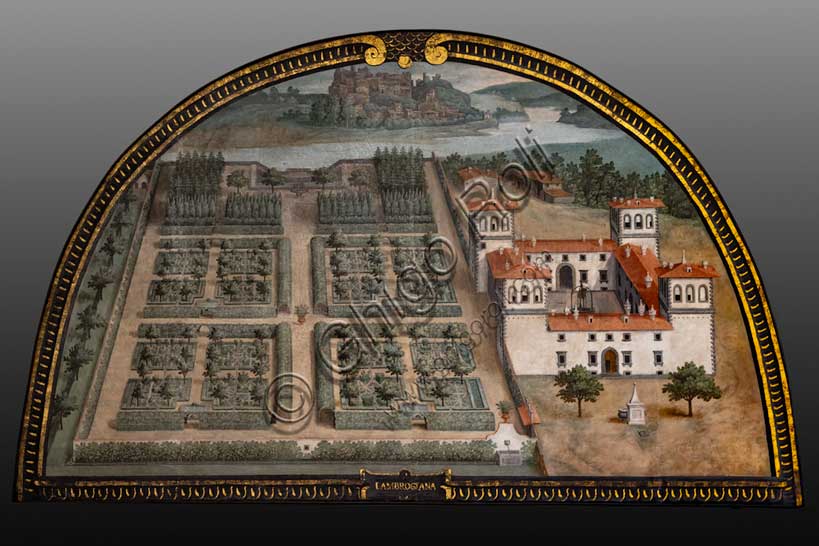
Medici Villa La Petraia: “the Medici villa L’ambrogiana”, in...
add to lightbox
21529_349.jpg
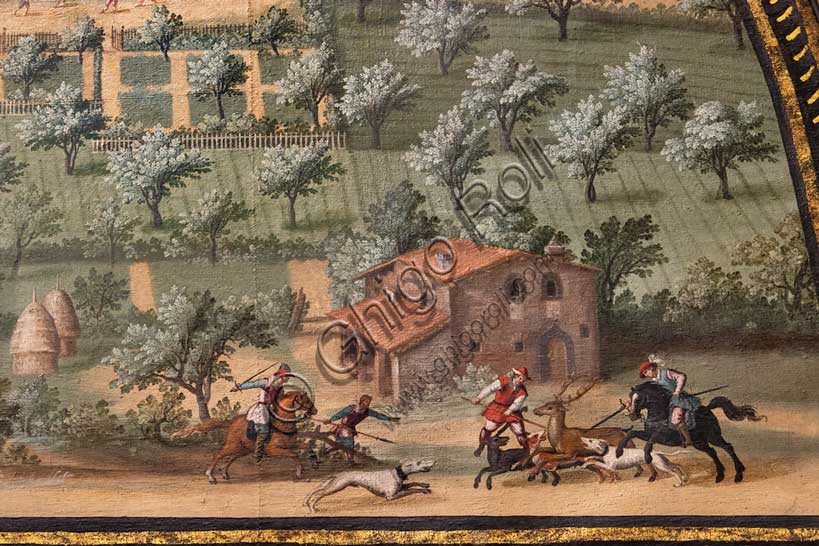
Medici Villa La Petraia: “the Medici villa of La Magia”, in...
add to lightbox
21529_348.jpg
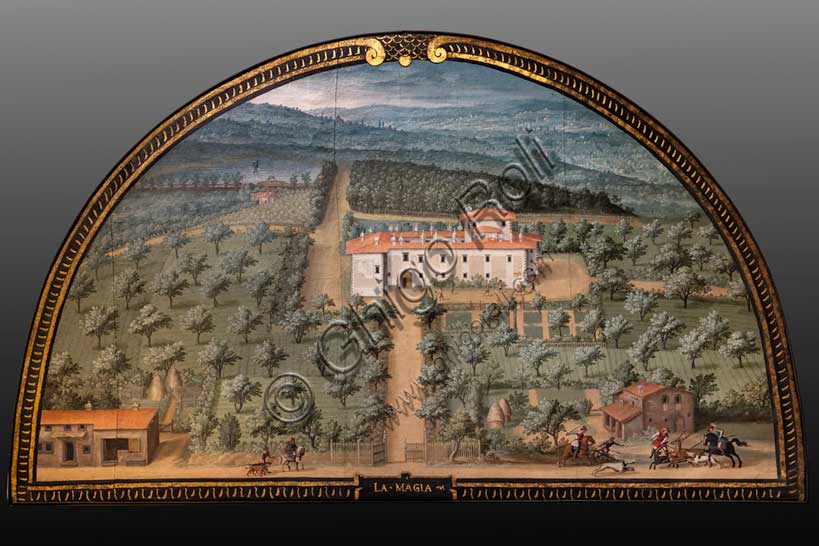
Medici Villa La Petraia: “the Medici villa La Magia”, in the...
add to lightbox
21529_347.jpg
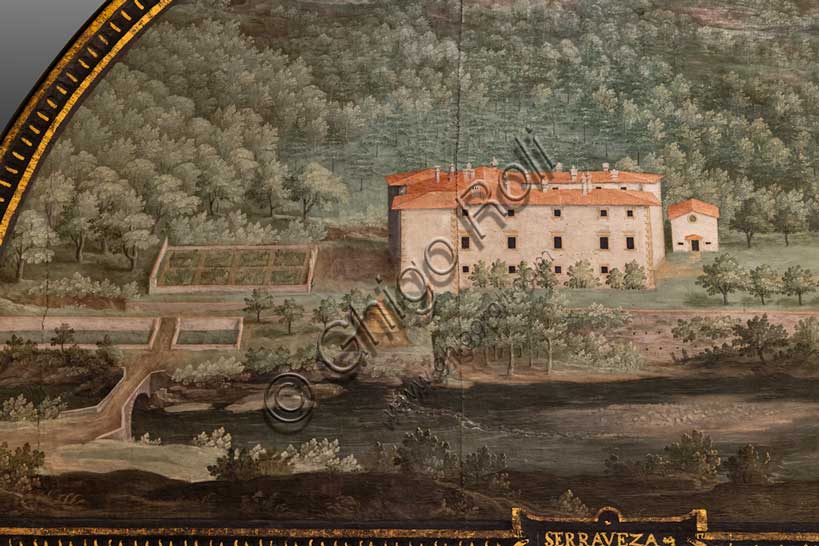
Medici Villa La Petraia: “the Medici villa of Seravezza”, in...
add to lightbox
21529_346.jpg
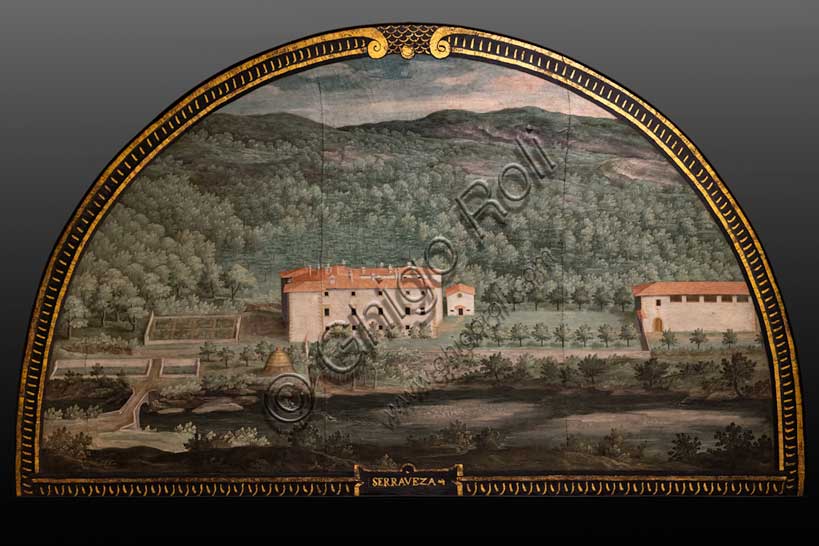
Medici Villa La Petraia: “the Medici villa of Seravezza”, in...
add to lightbox
21529_345.jpg
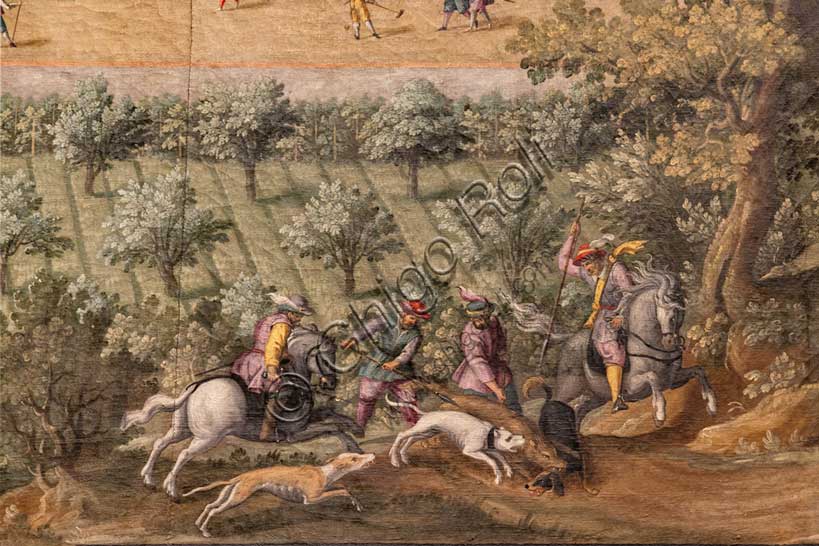
Medici Villa La Petraia: “the Medici villa of Lappeggi”, in...
add to lightbox
21529_344.jpg
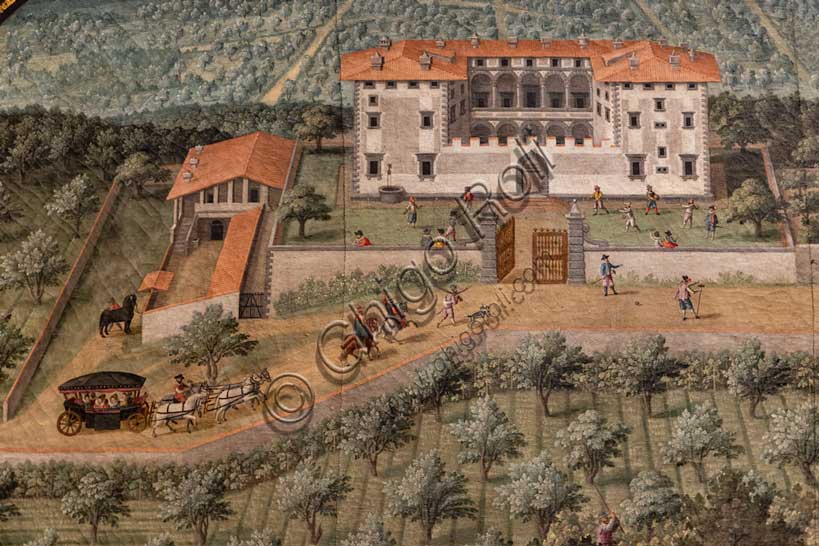
Medici Villa La Petraia: “the Medici villa of Lappeggi”, in...
add to lightbox
21529_343.jpg
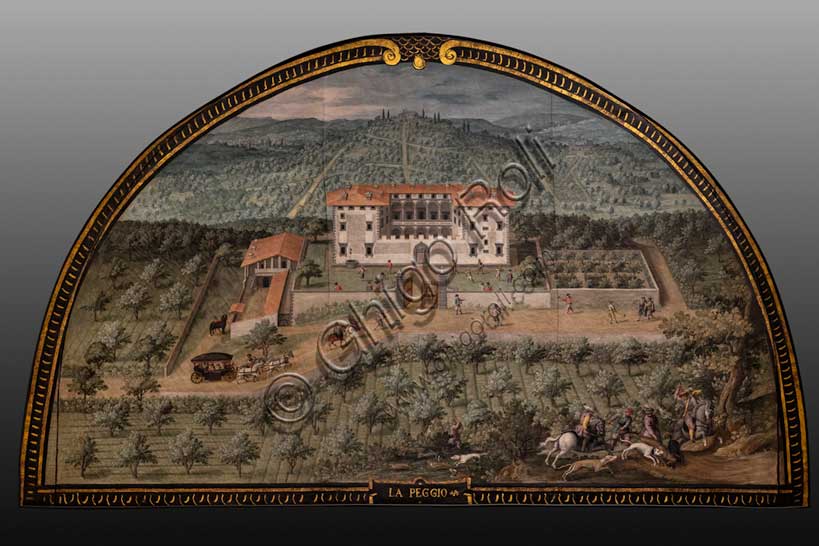
Medici Villa La Petraia: “the Medici villa of Lappeggi”, in...
add to lightbox
21529_342.jpg
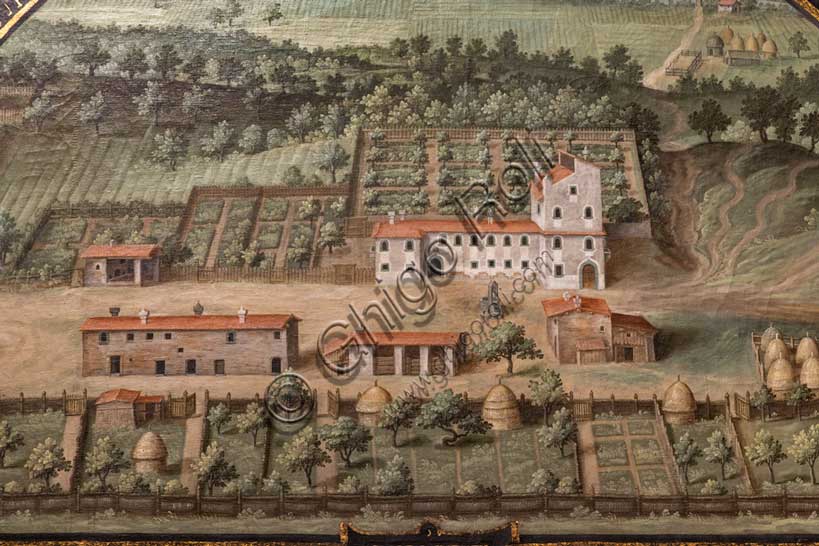
Medici Villa La Petraia: “the Medici villa of Collesalvetti”...
add to lightbox
21529_341.jpg
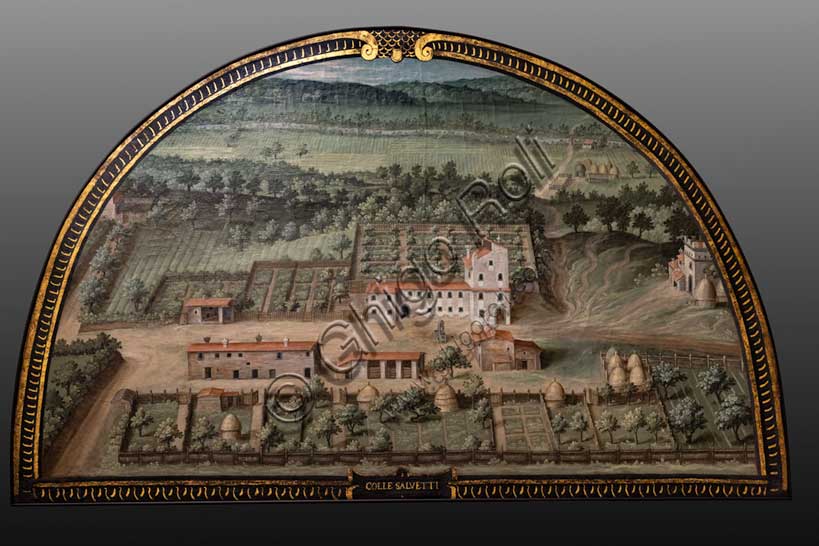
Medici Villa La Petraia: “the Medici villa of Collesalvetti”...
add to lightbox
21529_340.jpg
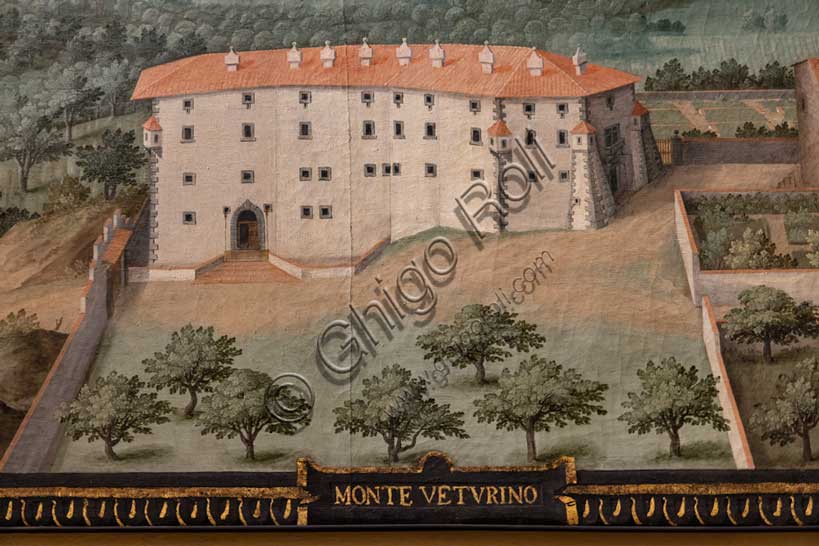
Medici Villa La Petraia: “the Medici villa of Montevettolini...
add to lightbox
21529_339.jpg
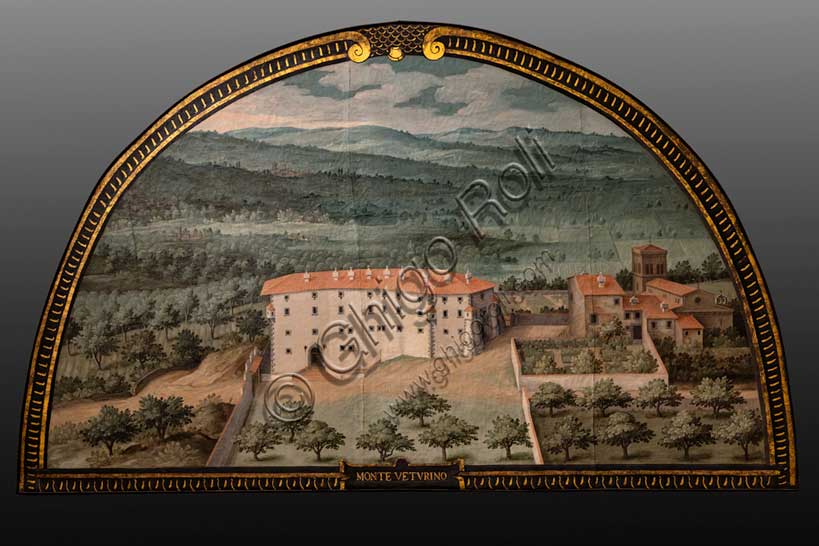
Medici Villa La Petraia: “the Medici villa of Montevettolini...
add to lightbox
21529_338.jpg
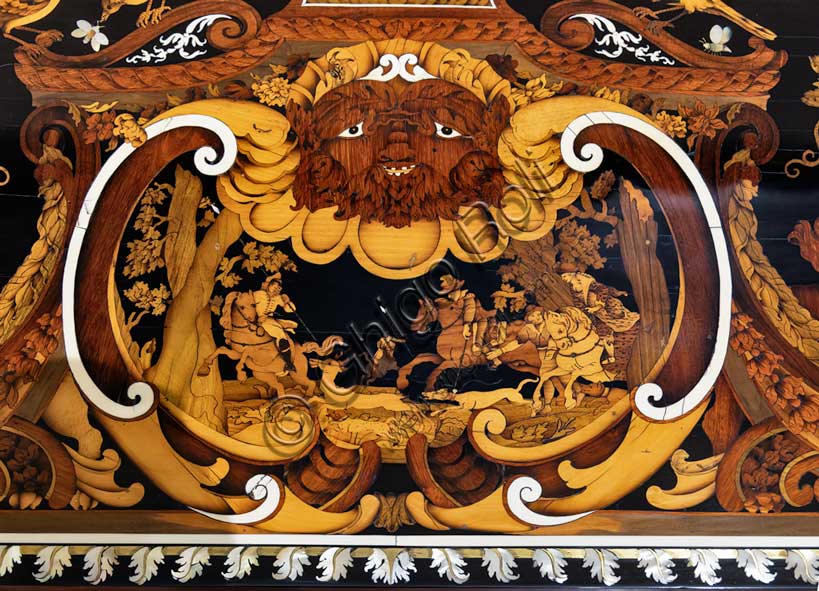
Medici Villa La Petraia: wooden inlay with hunting scene.
add to lightbox
21529_337.jpg
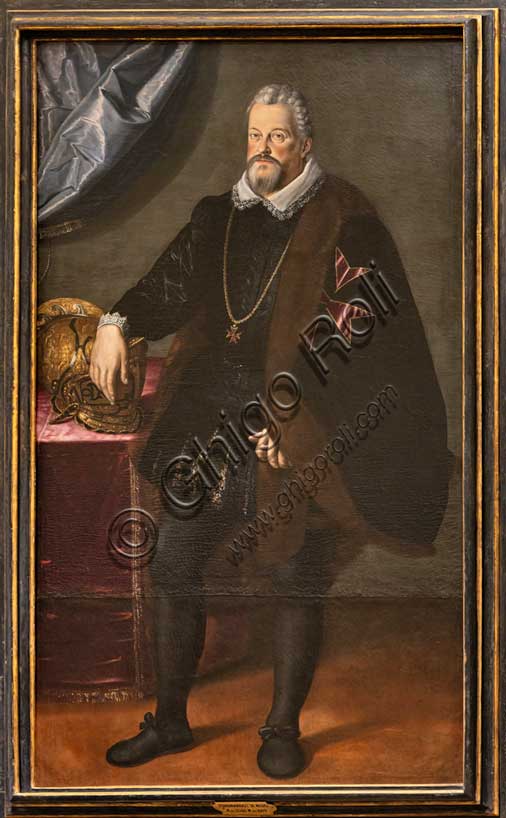
Medici Villa La Petraia: portrait of “Ferdinando de’ Medici”...
add to lightbox
21529_310.jpg
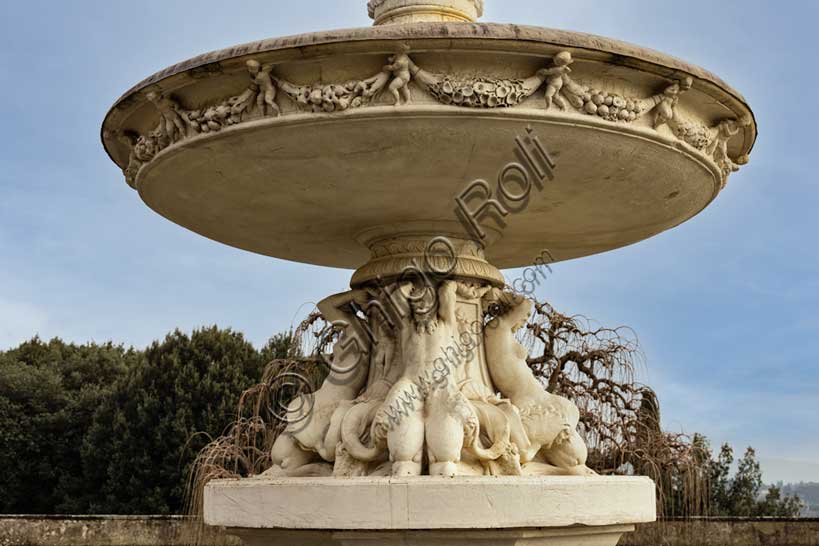
Medici Villa La Petraia, garden, Plan of the Figurine: view...
add to lightbox
21529_309.jpg
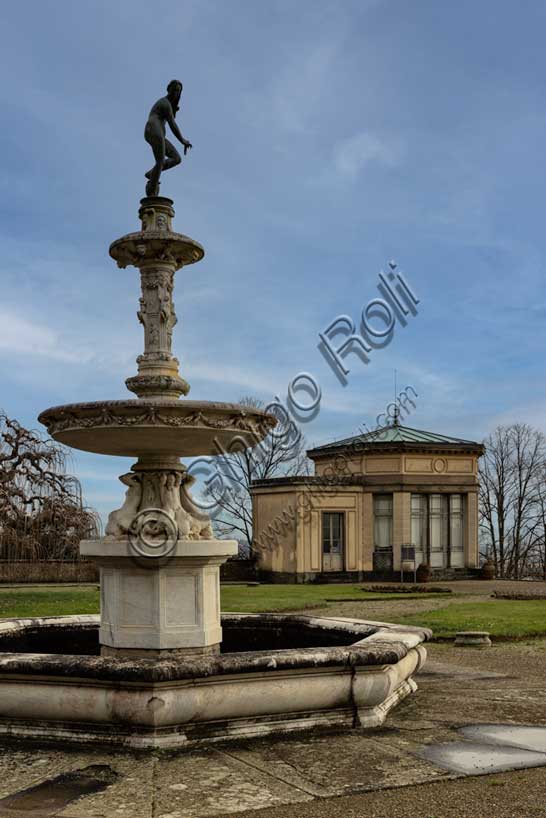
Medici Villa La Petraia, garden, Plan of the Figurine: view...
add to lightbox
21529_305.jpg
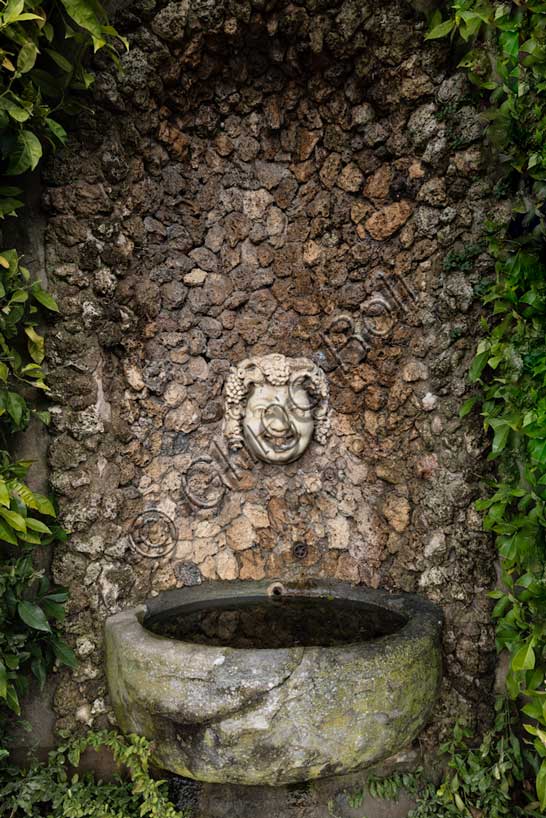
Medici Villa La Petraia: a fountain with the face of Bacchu...
add to lightbox
21529_304.jpg
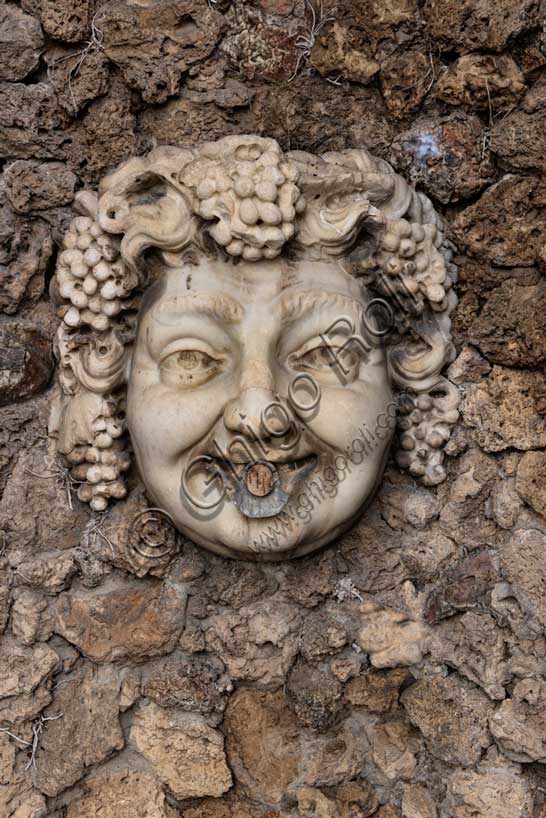
Medici Villa La Petraia: a fountain with the face of Bacchu...
add to lightbox
21529_303.jpg
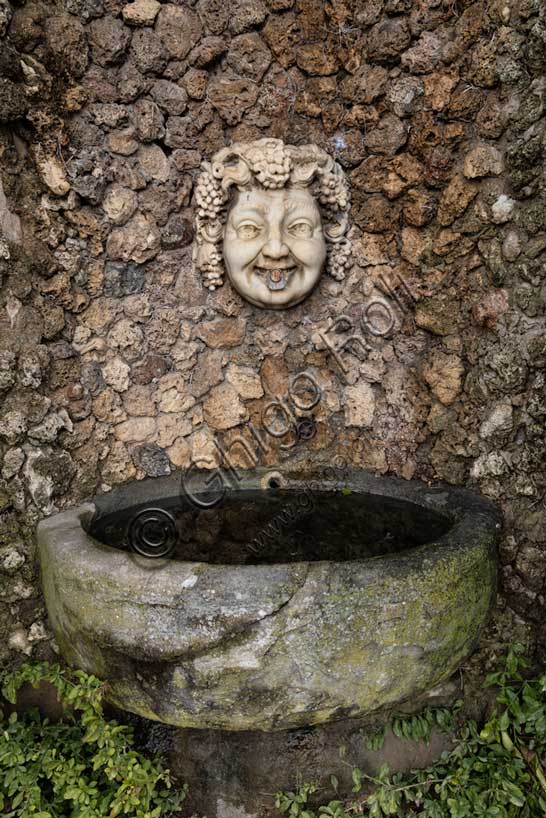
Medici Villa La Petraia: a fountain with the face of Bacchu...
add to lightbox